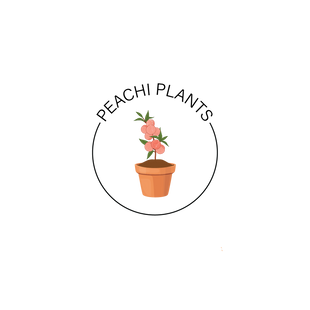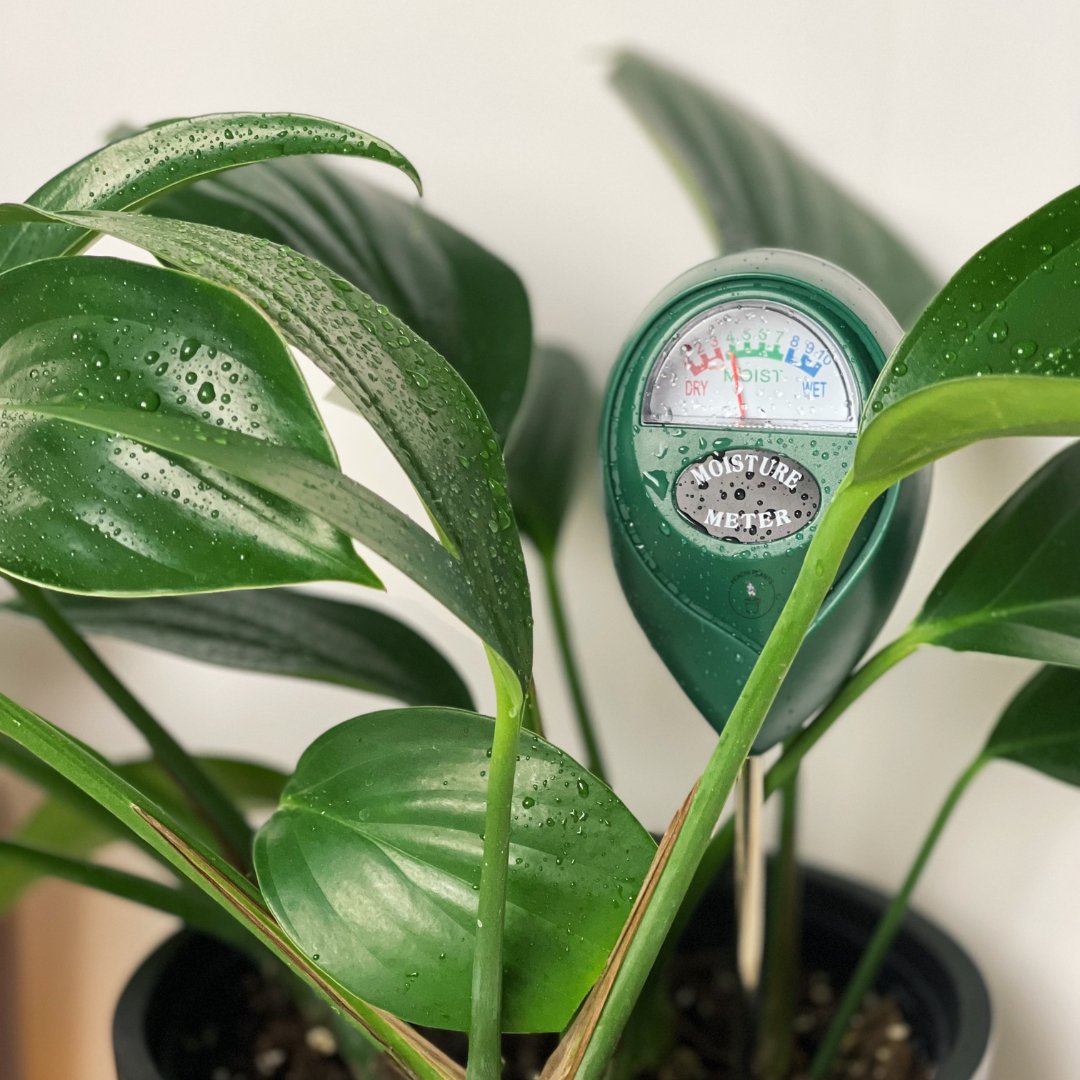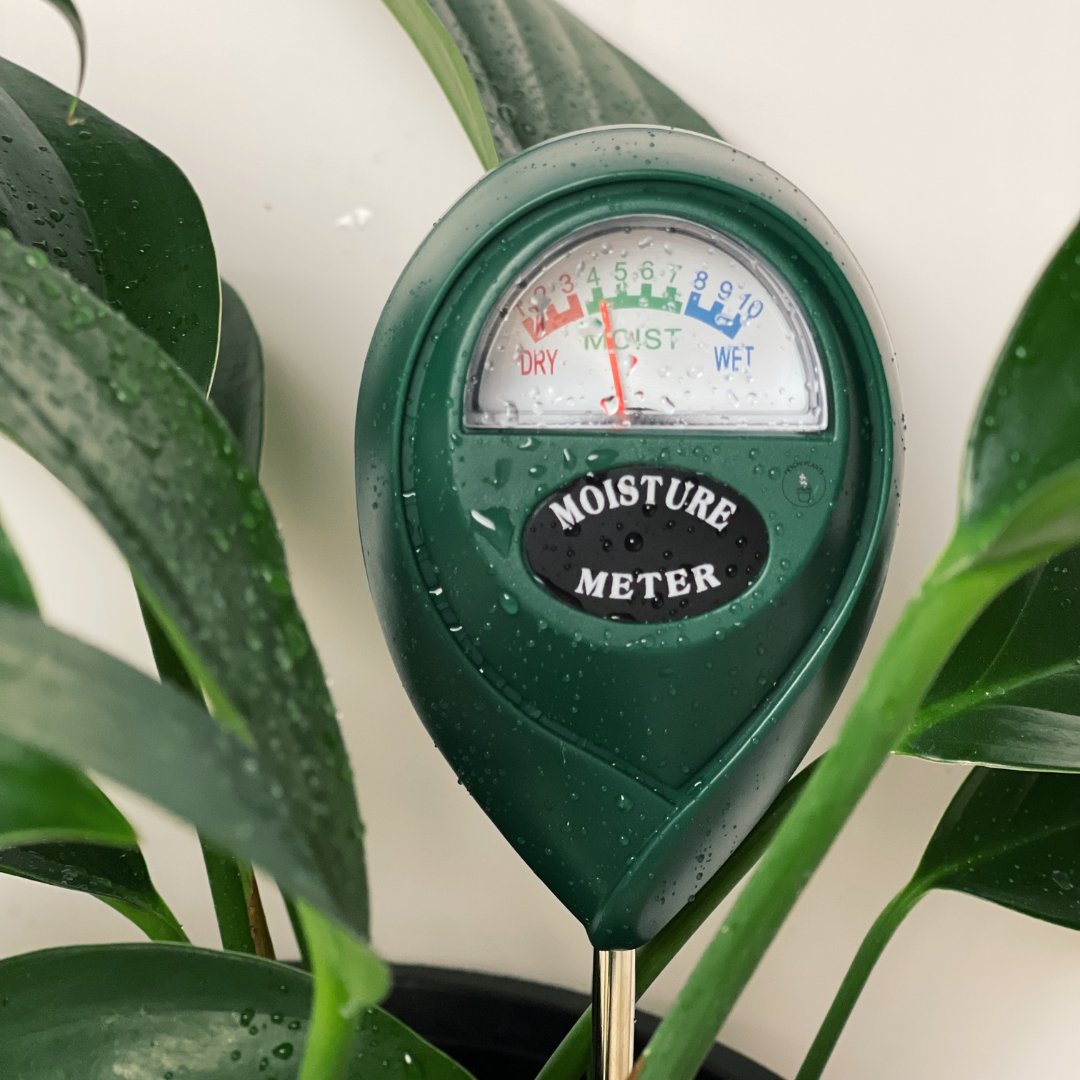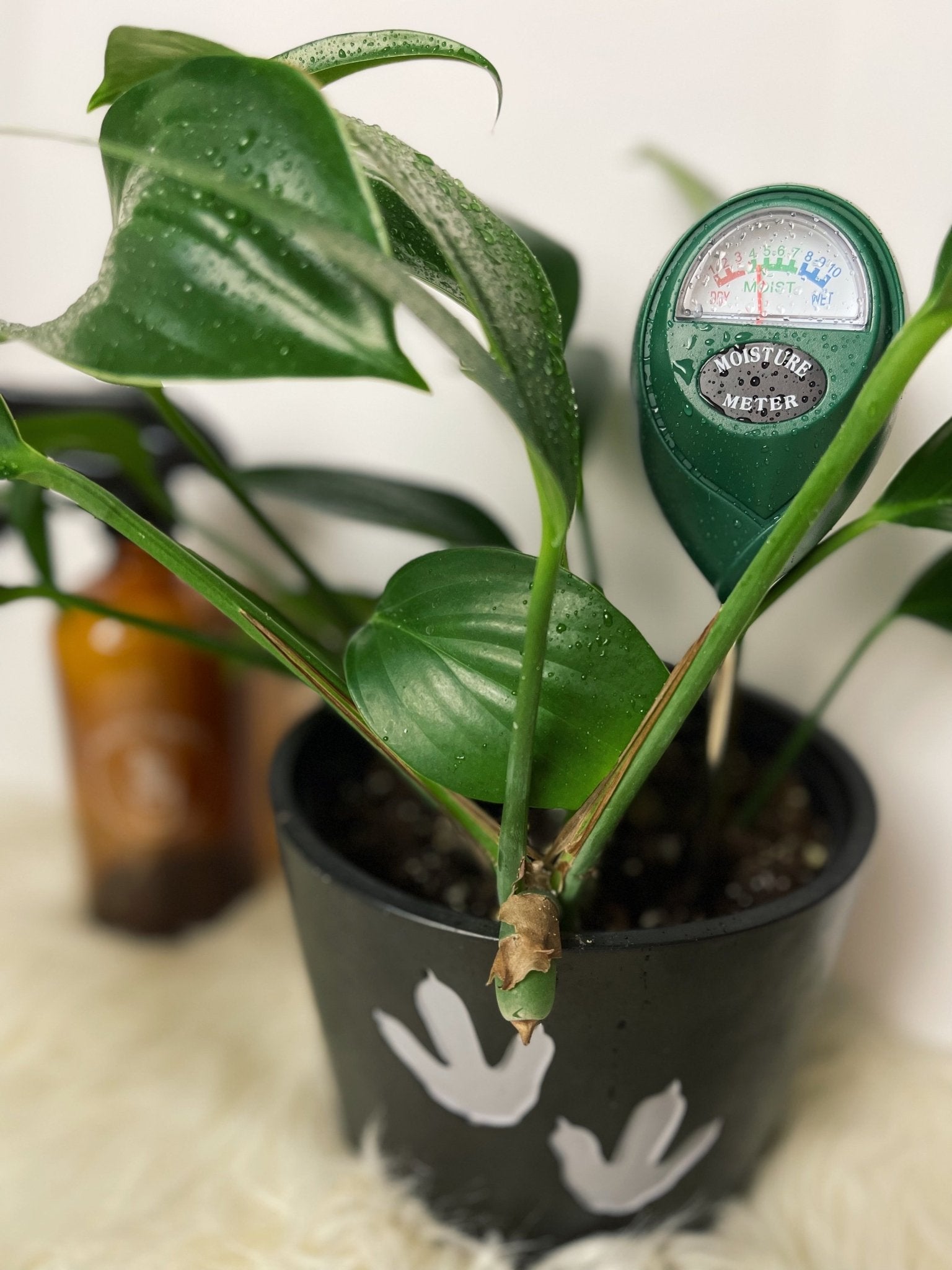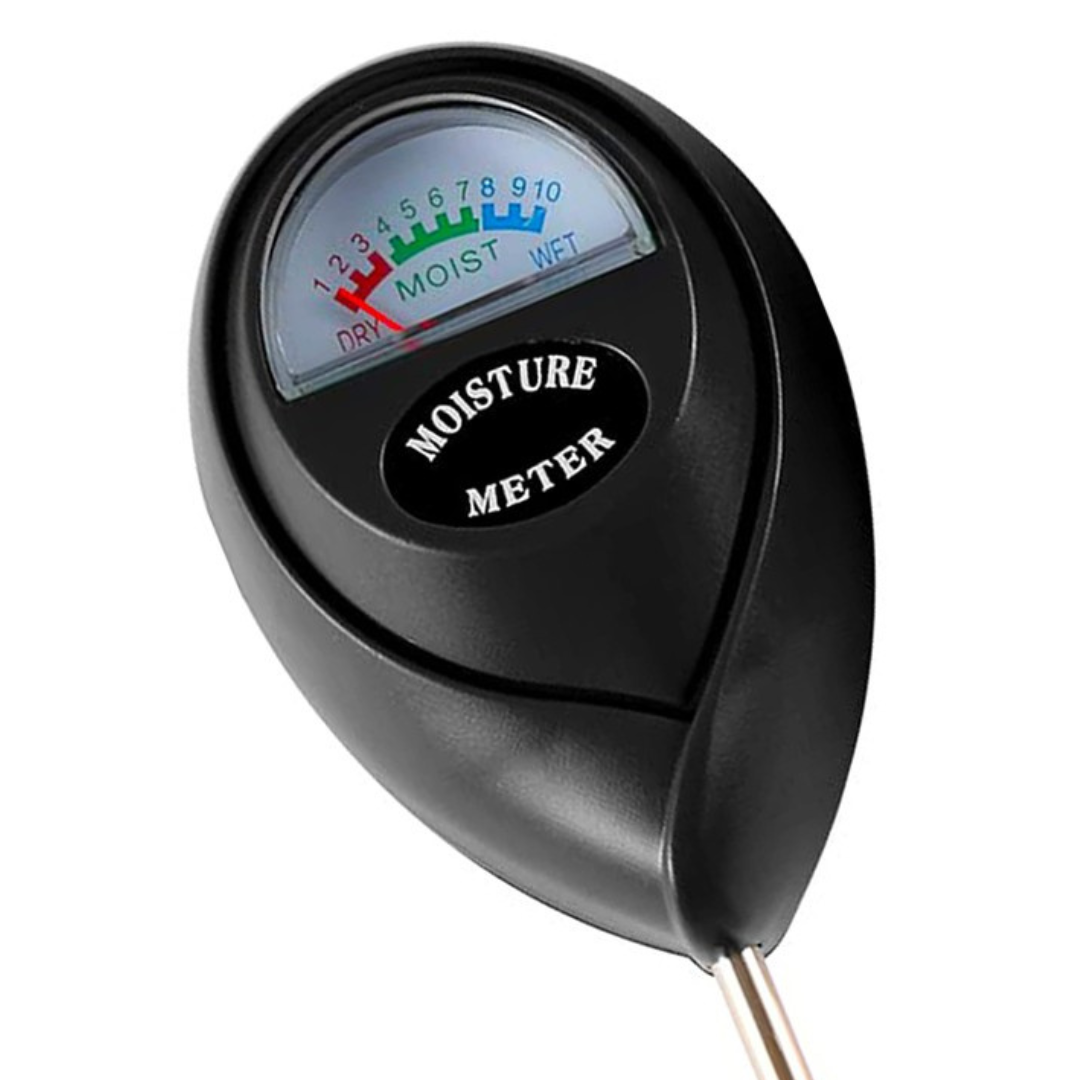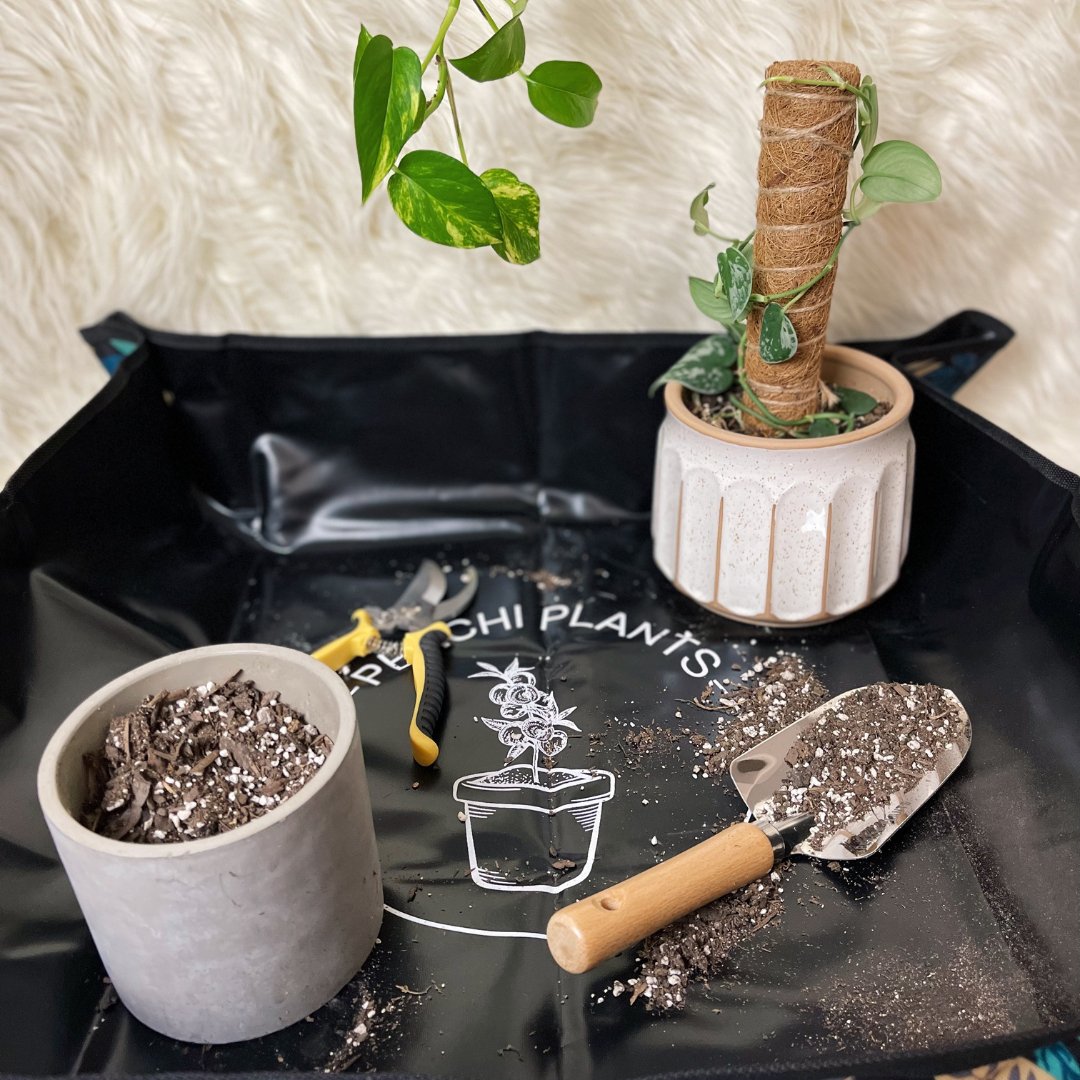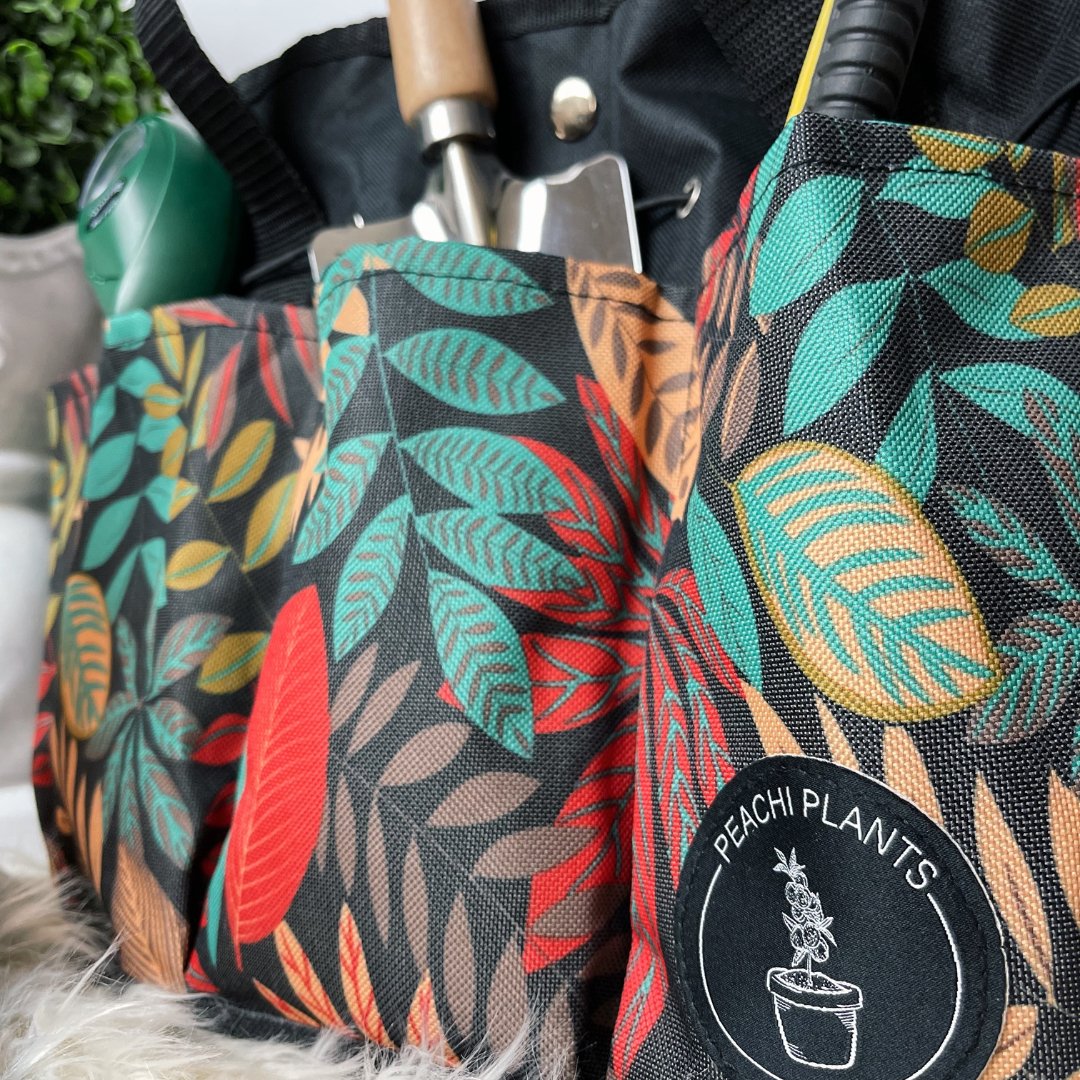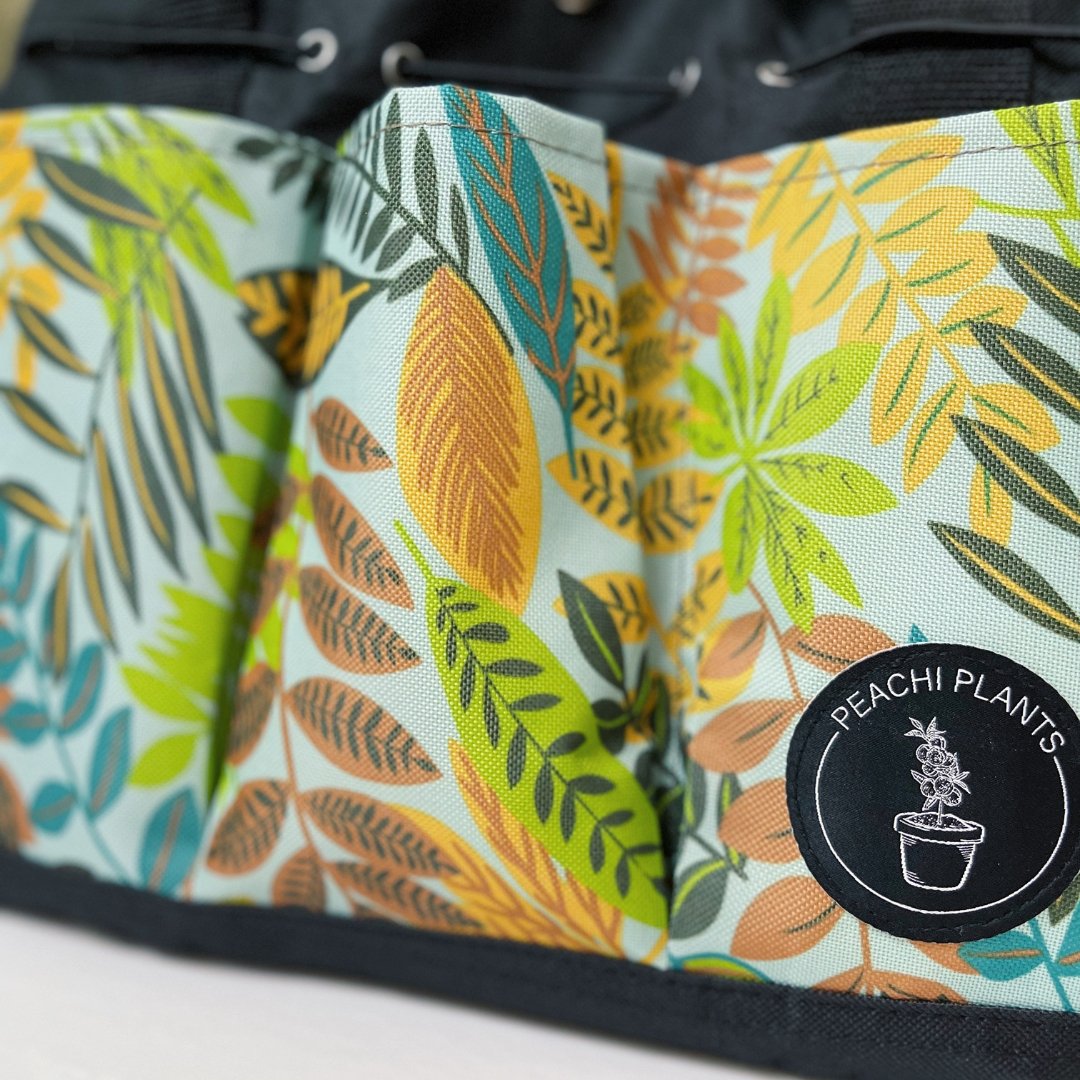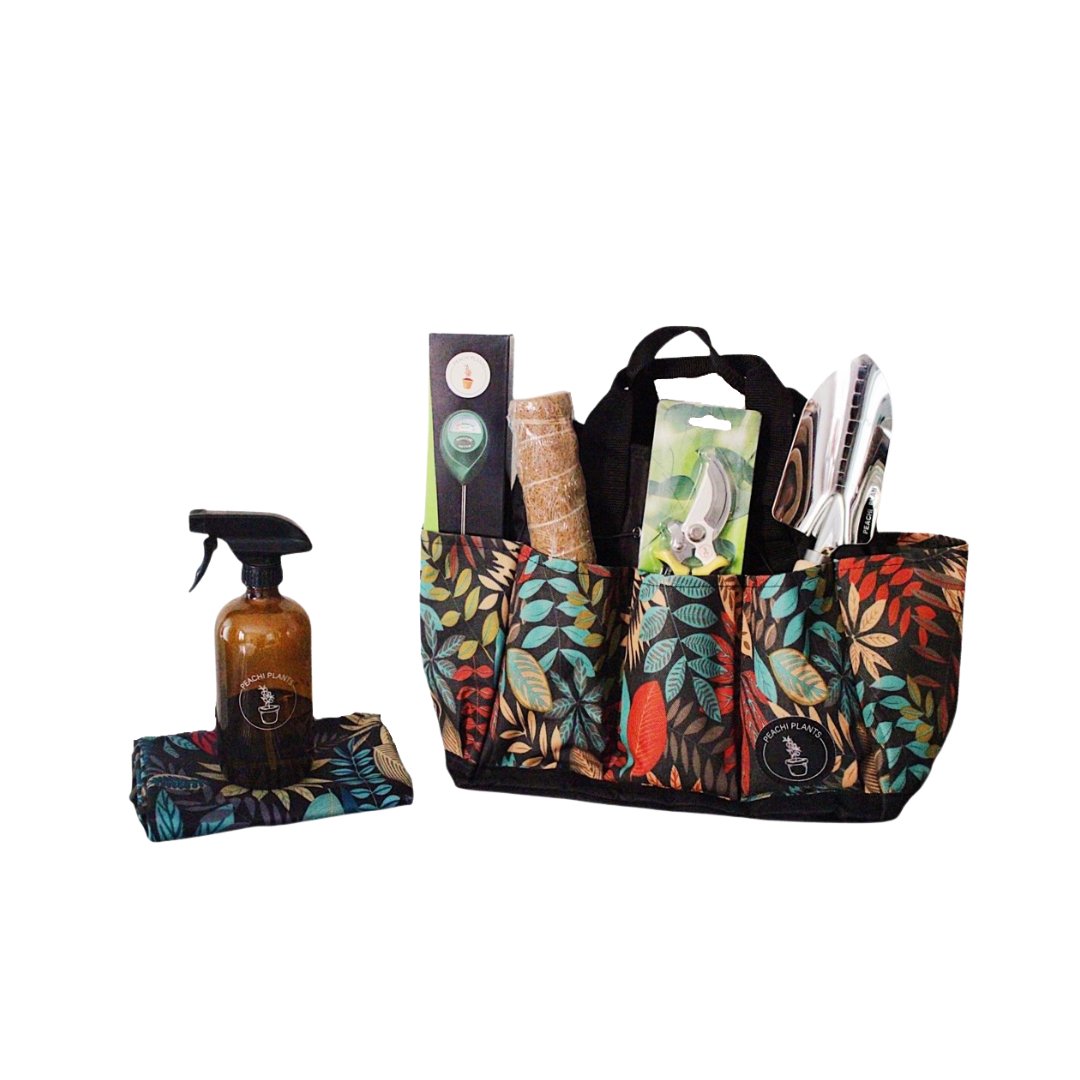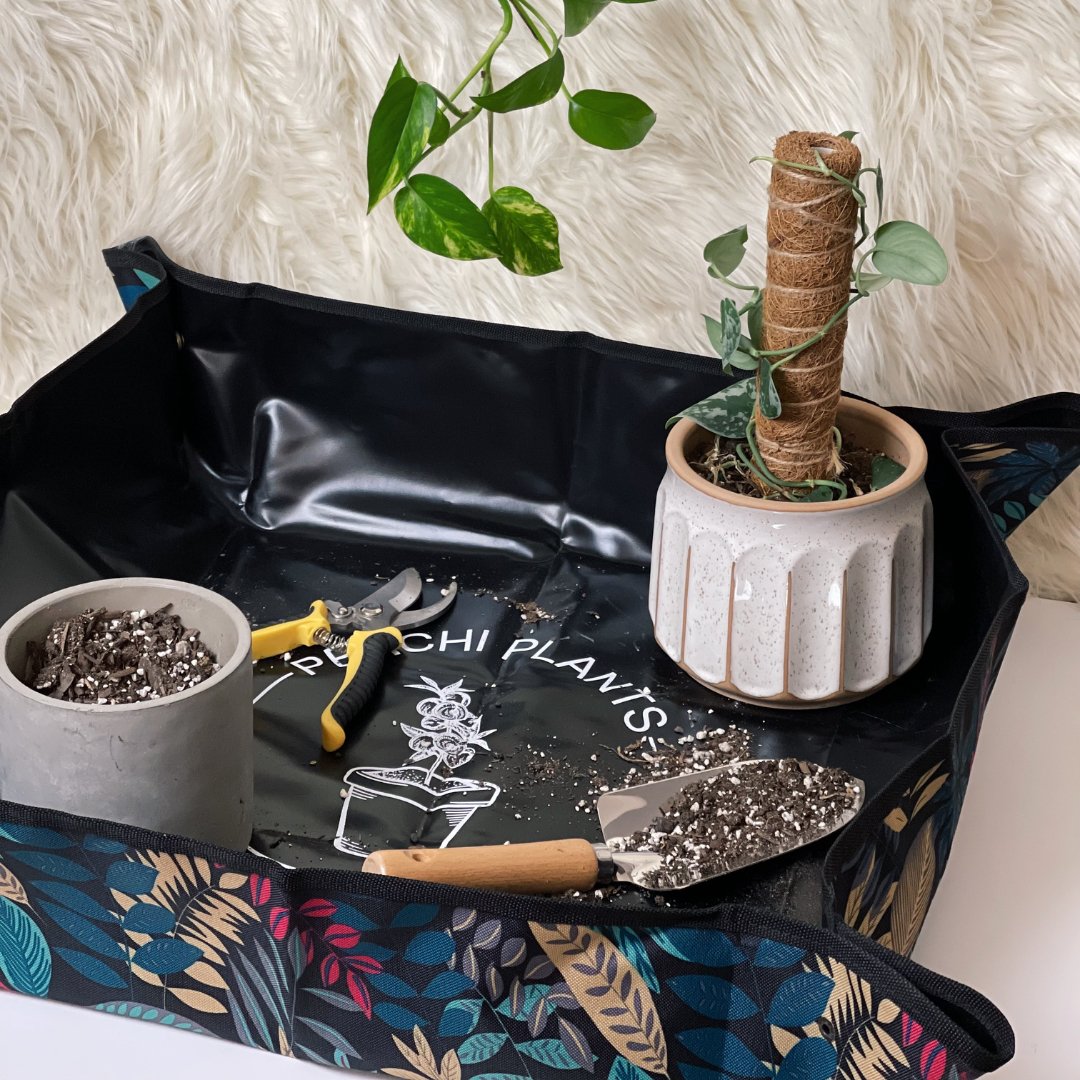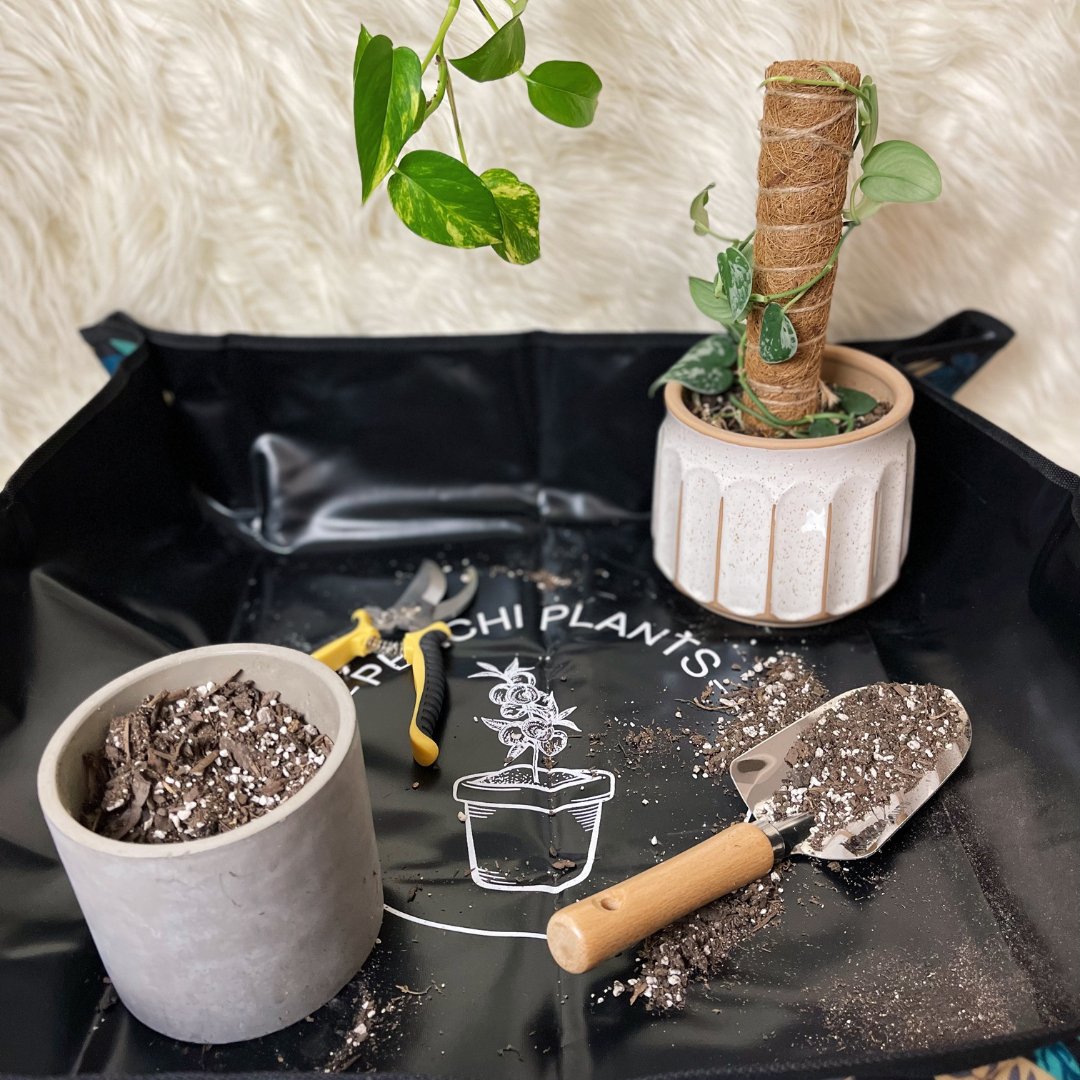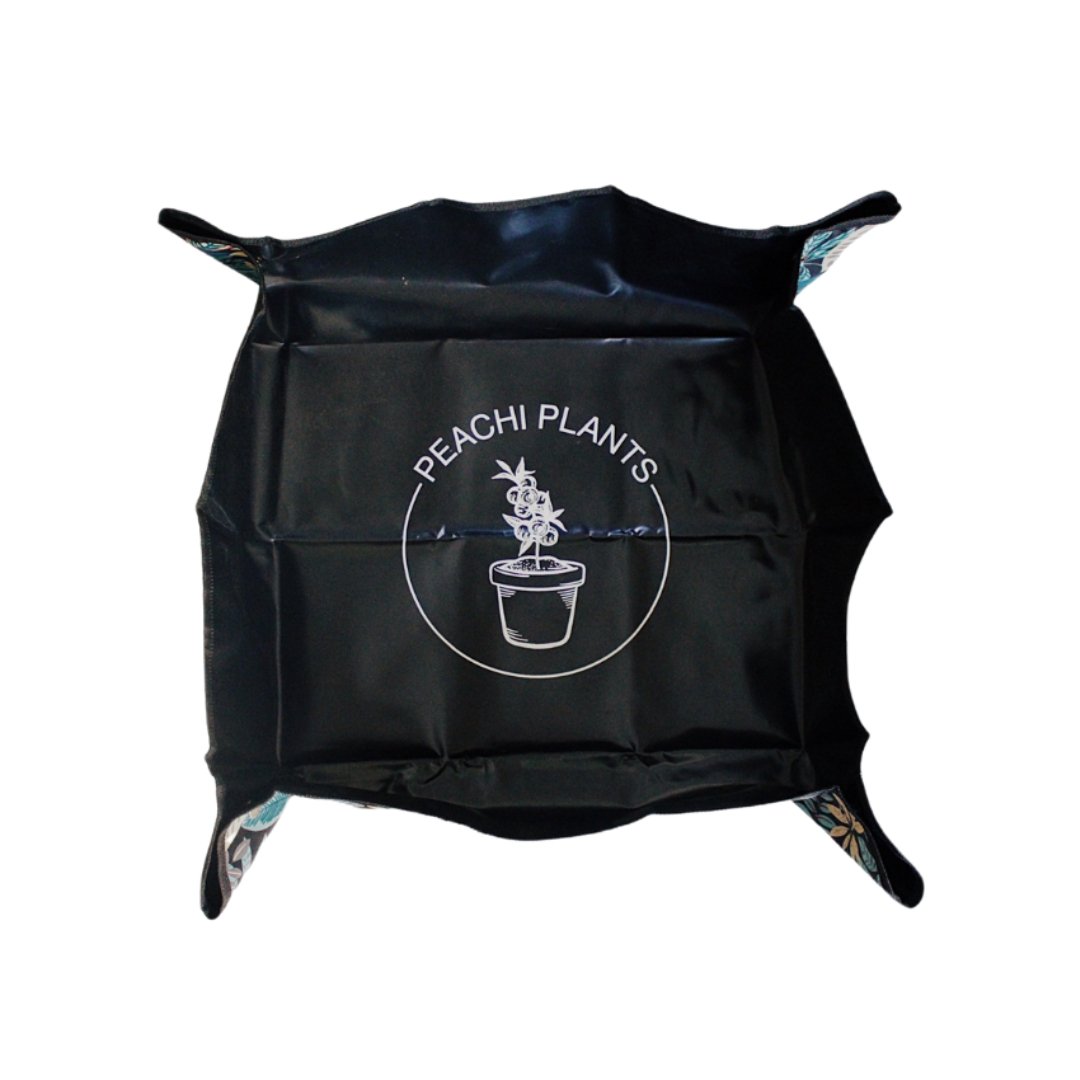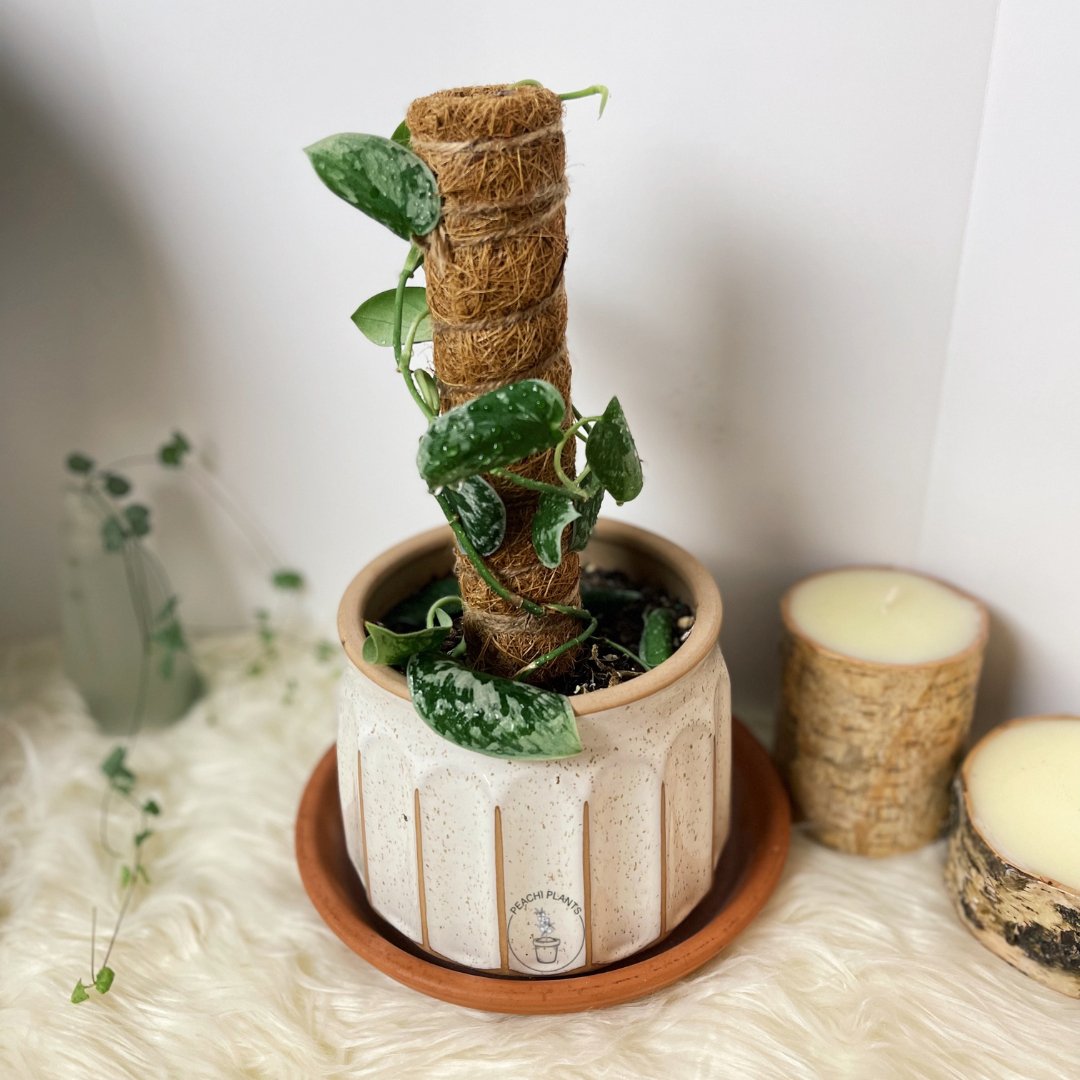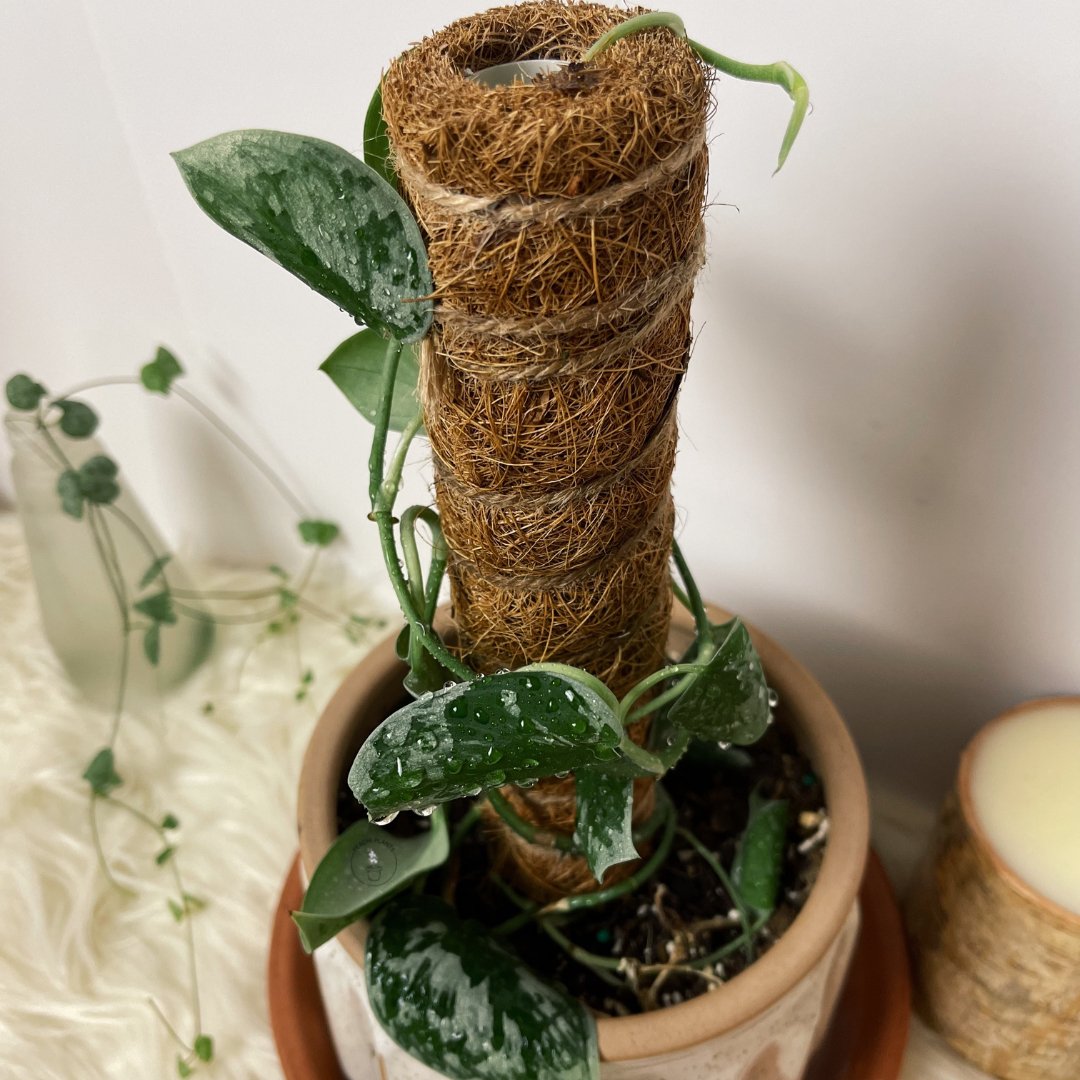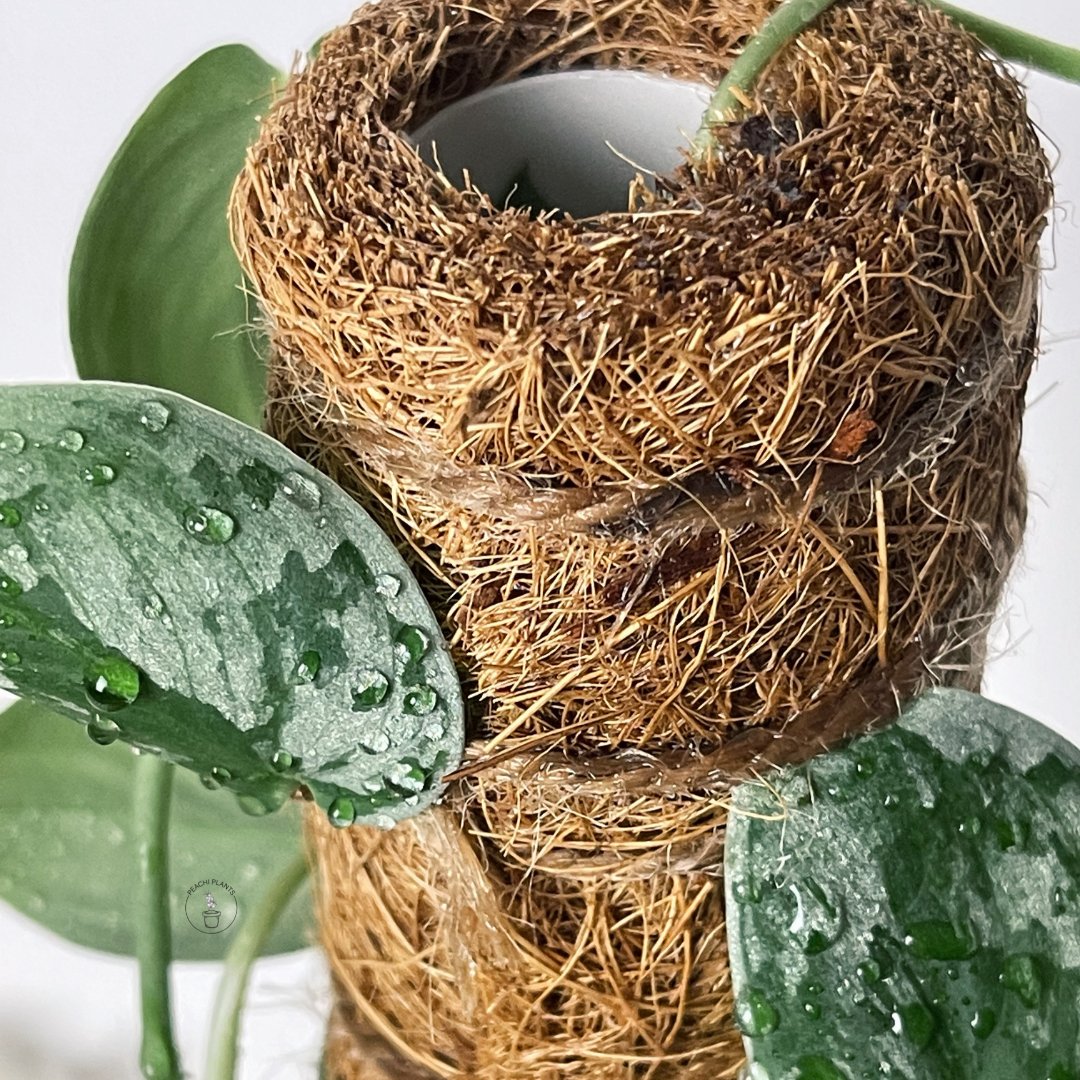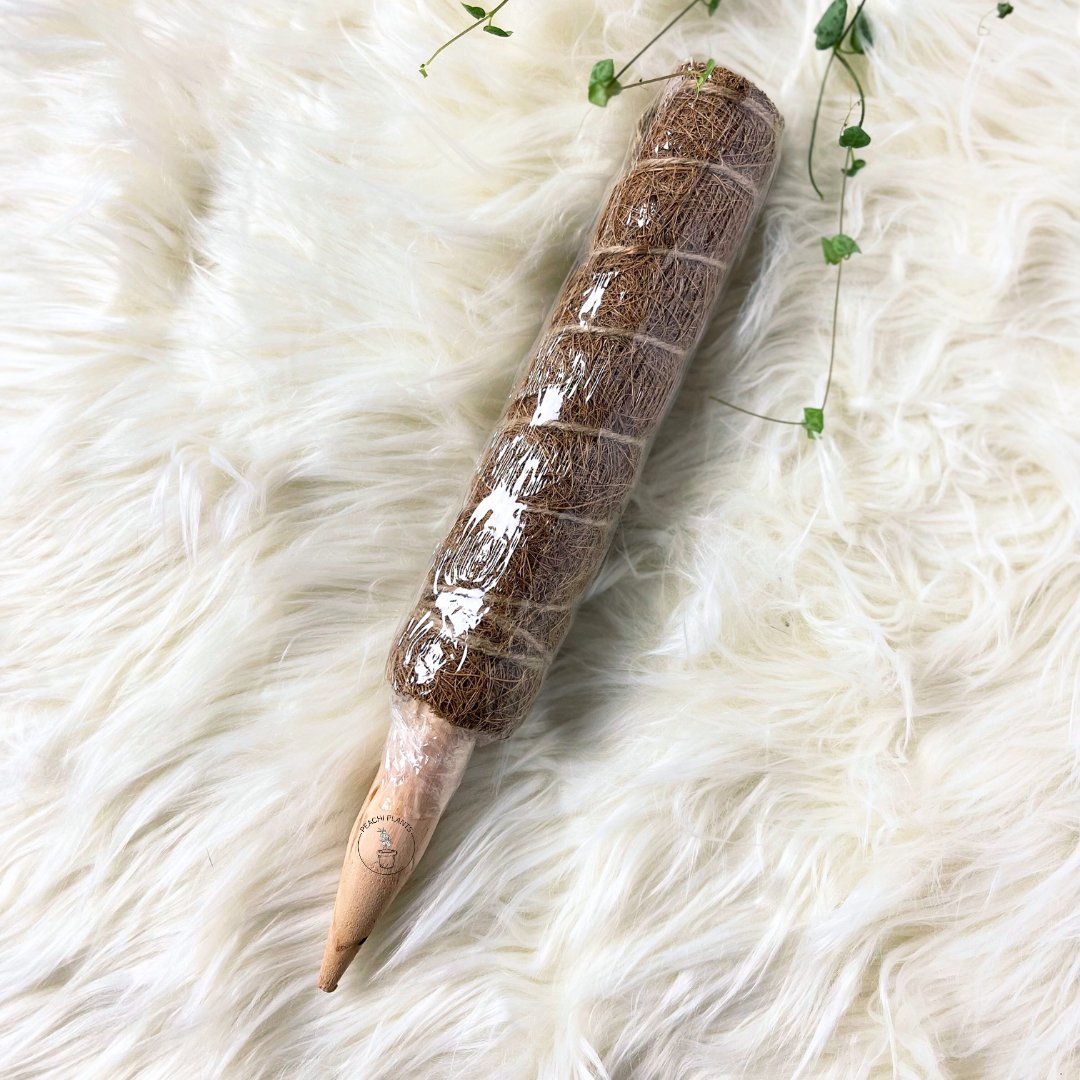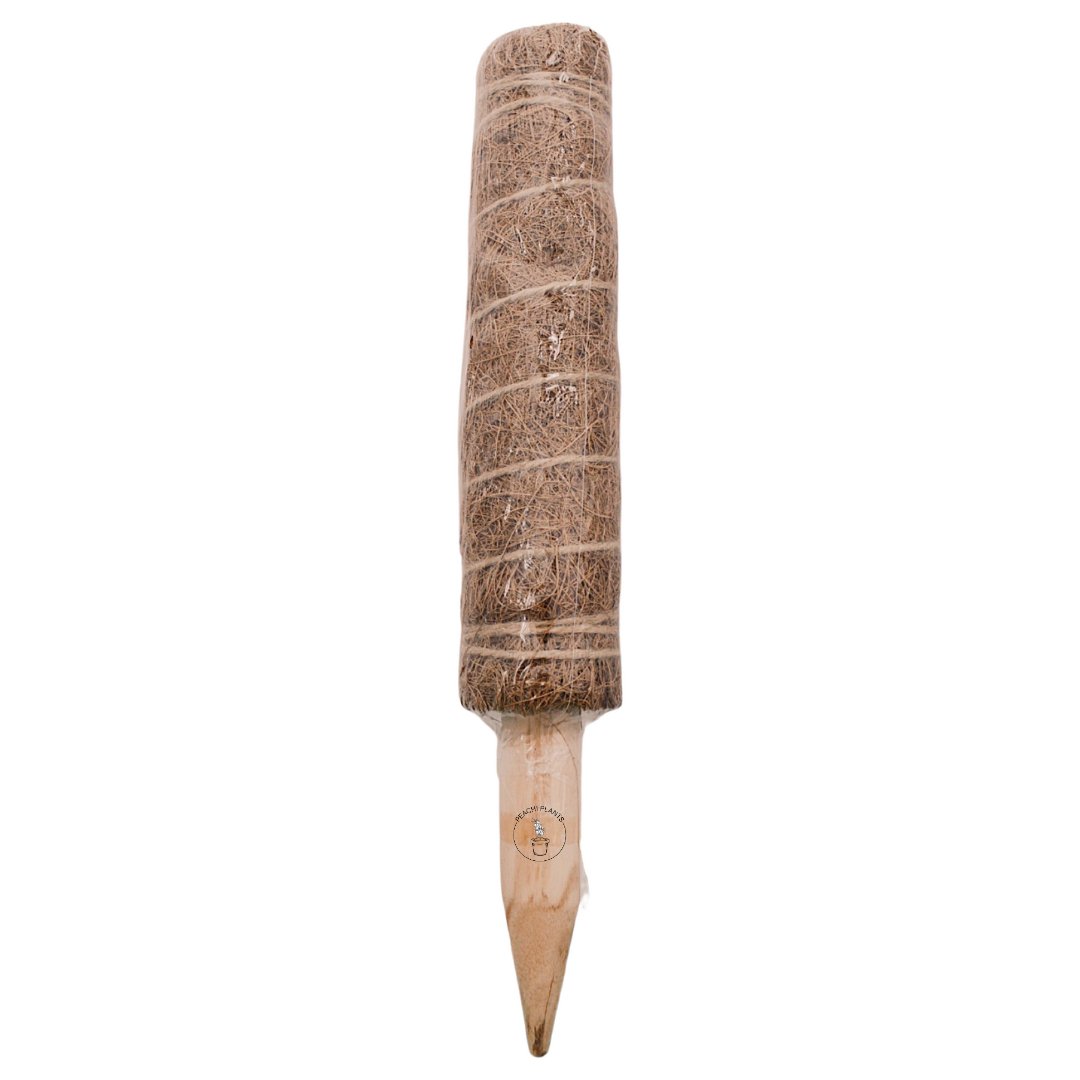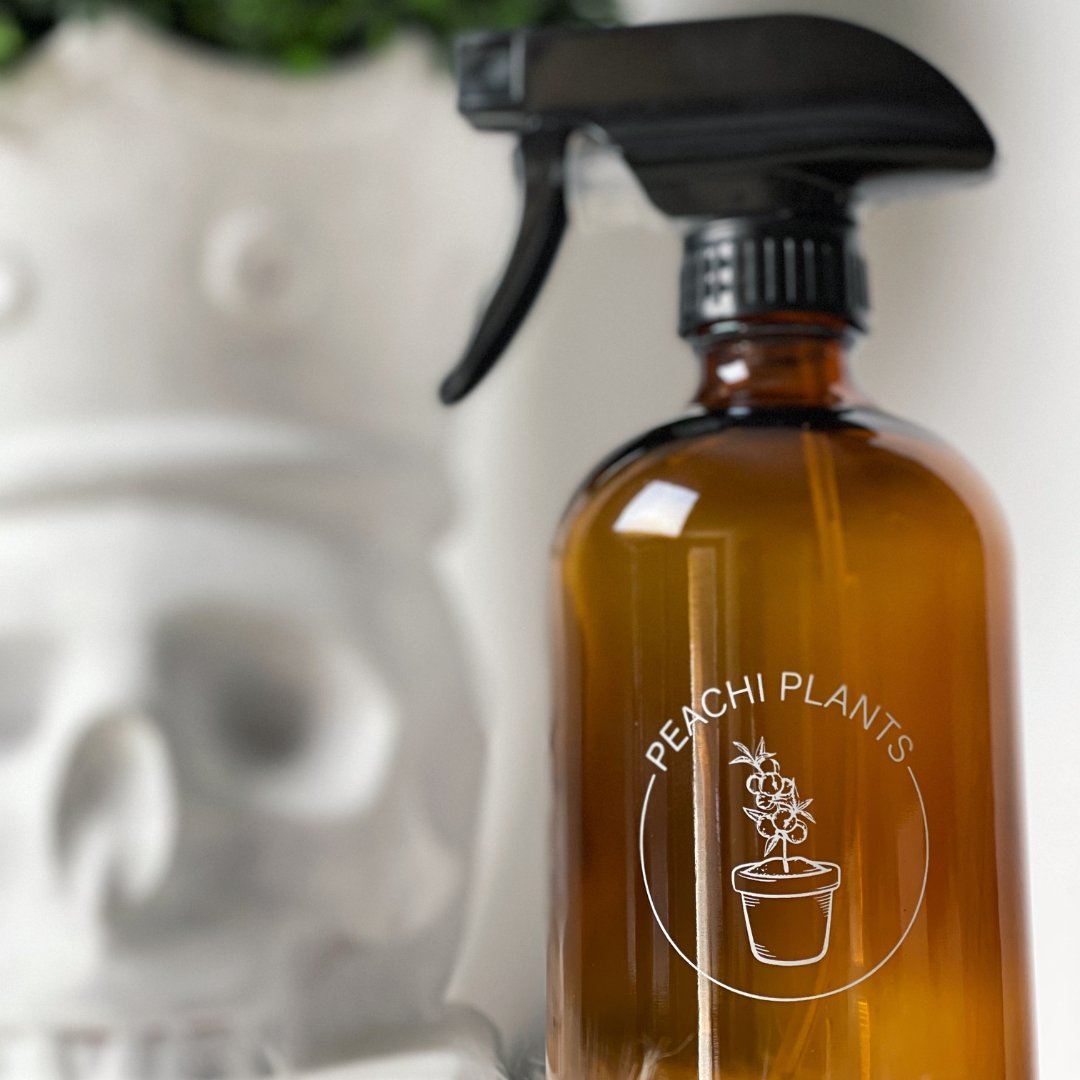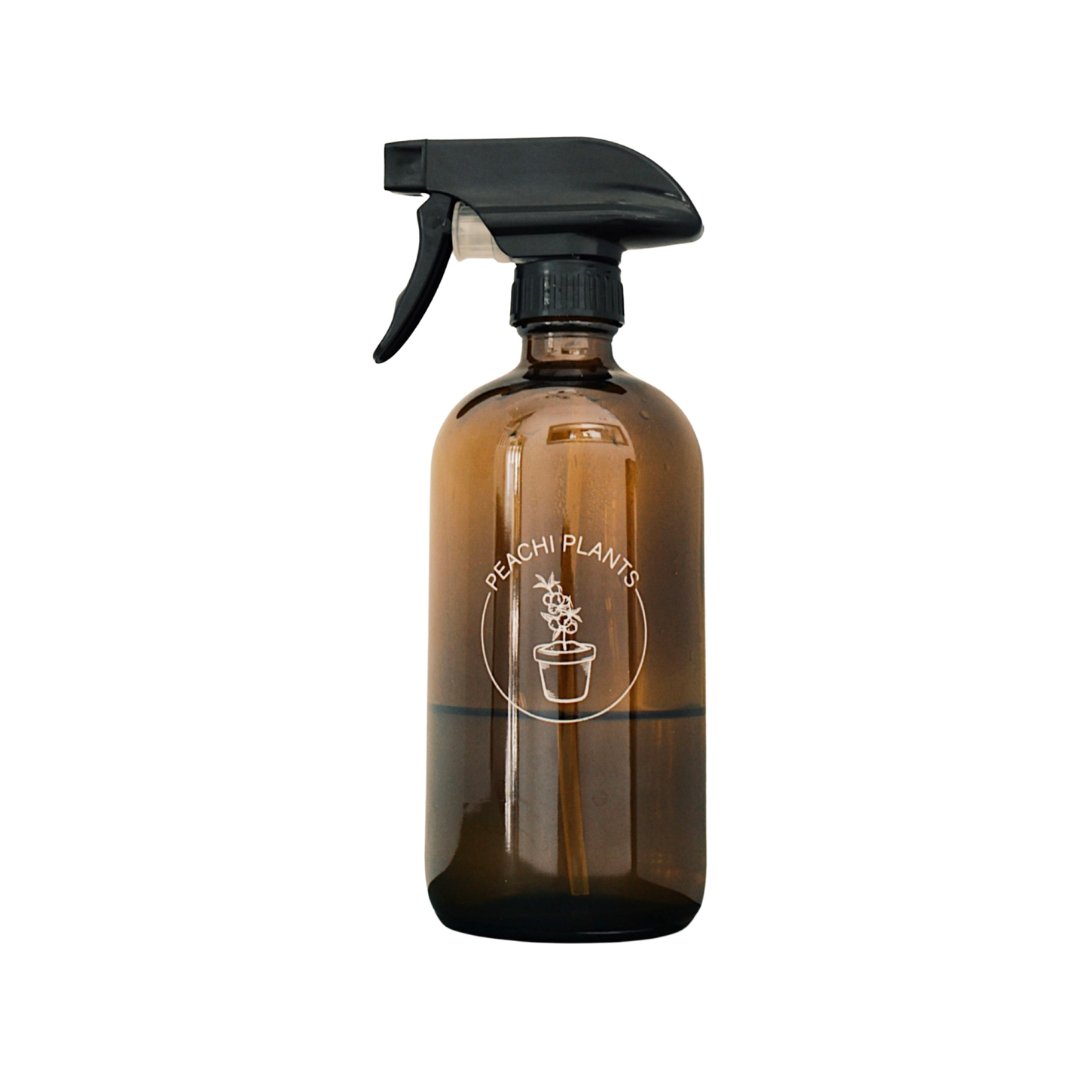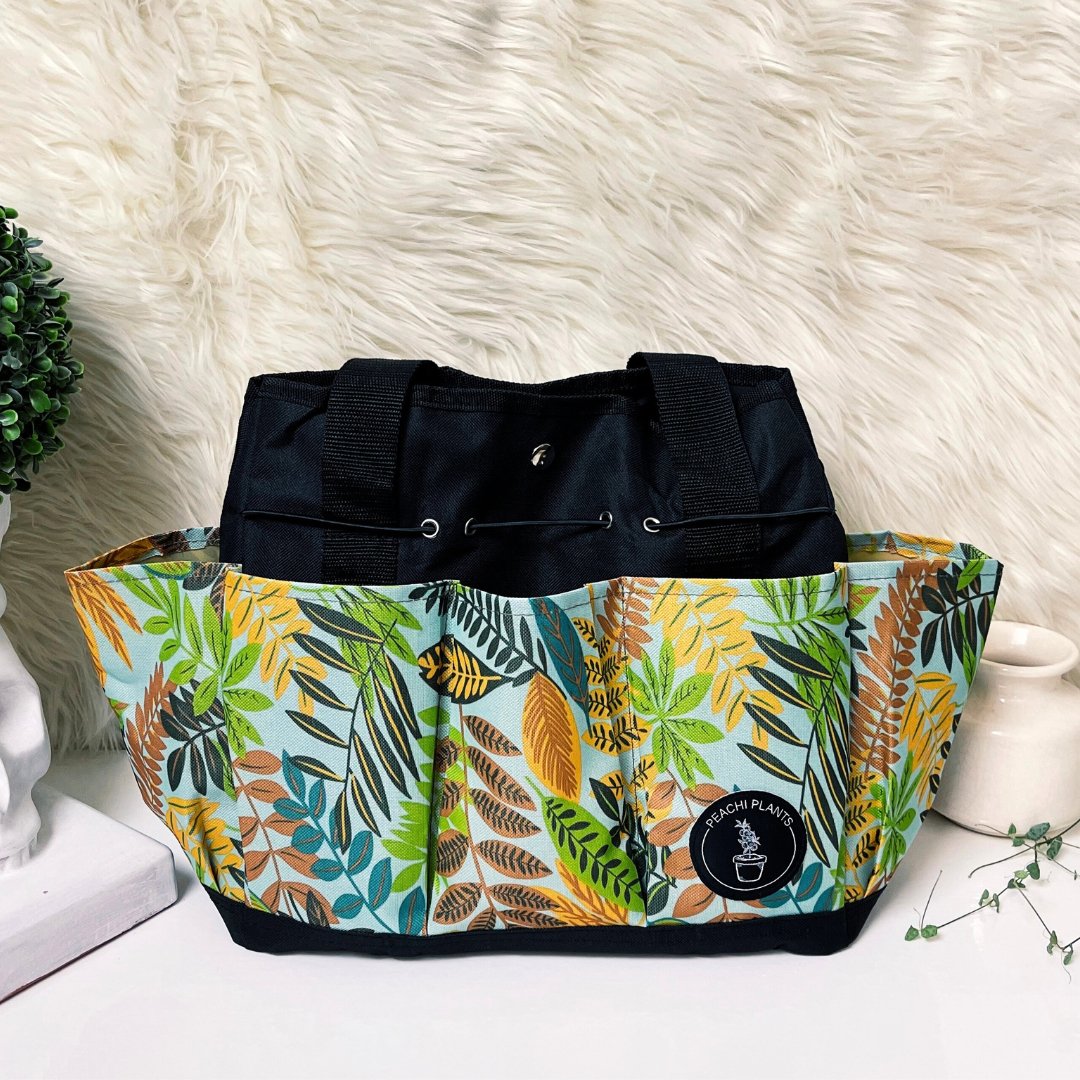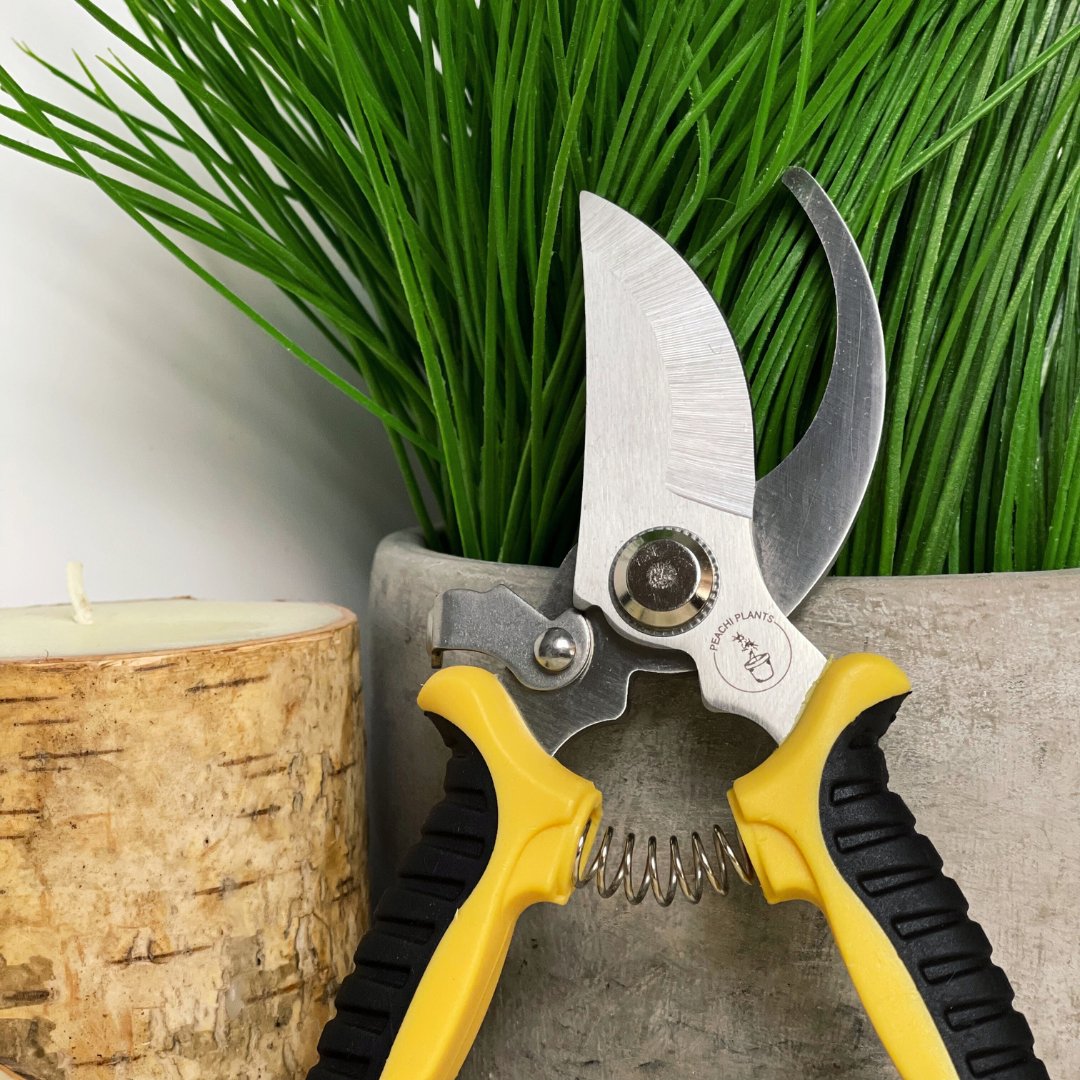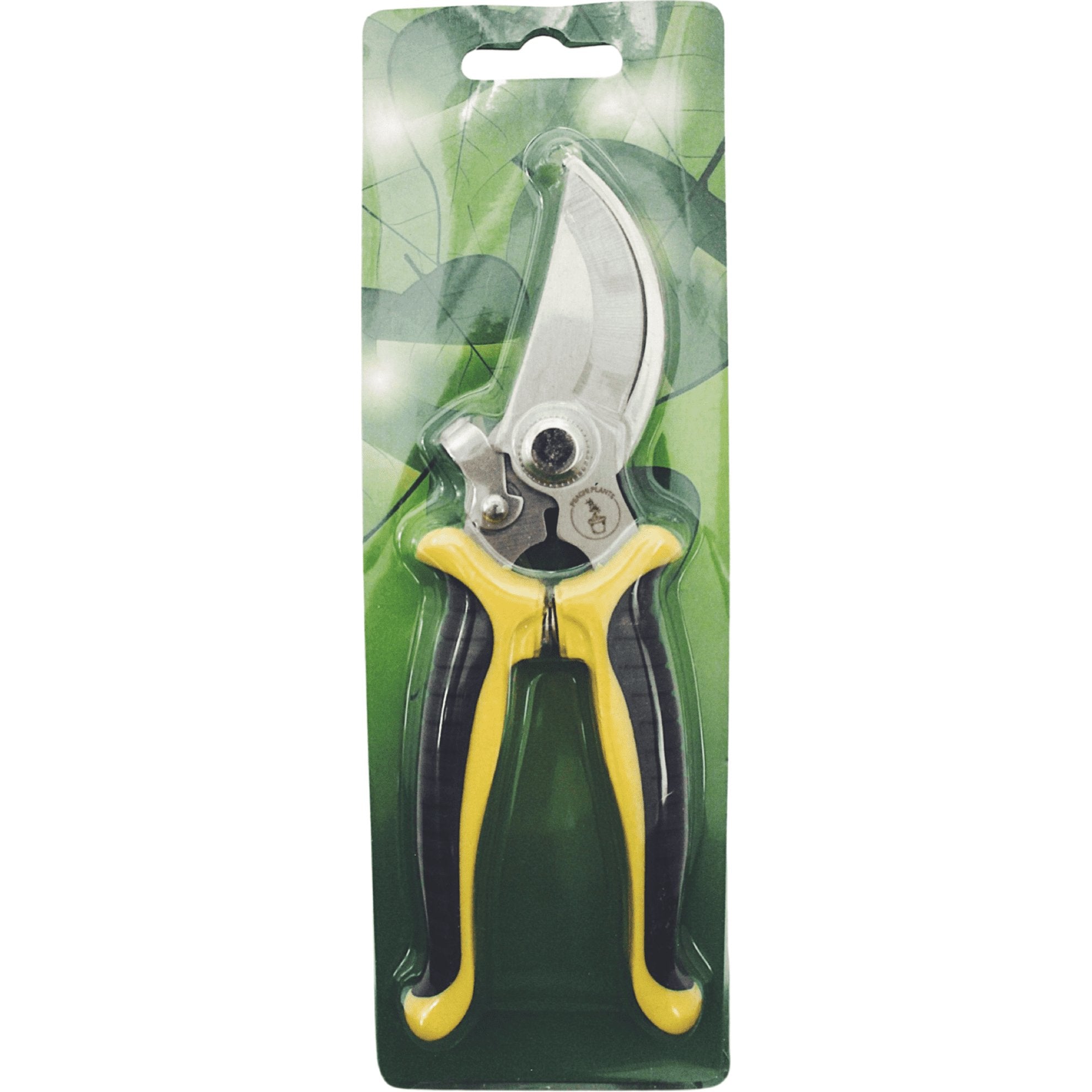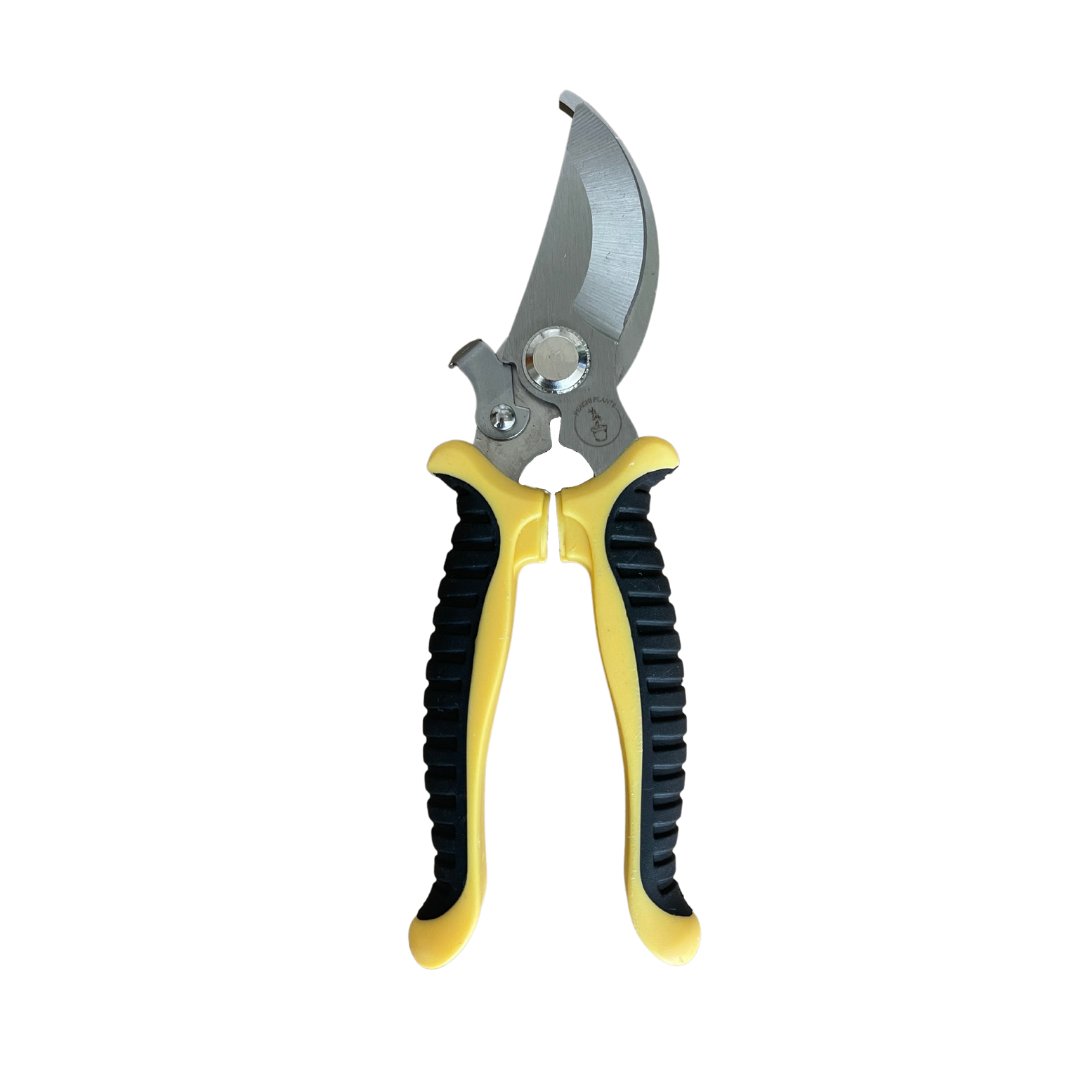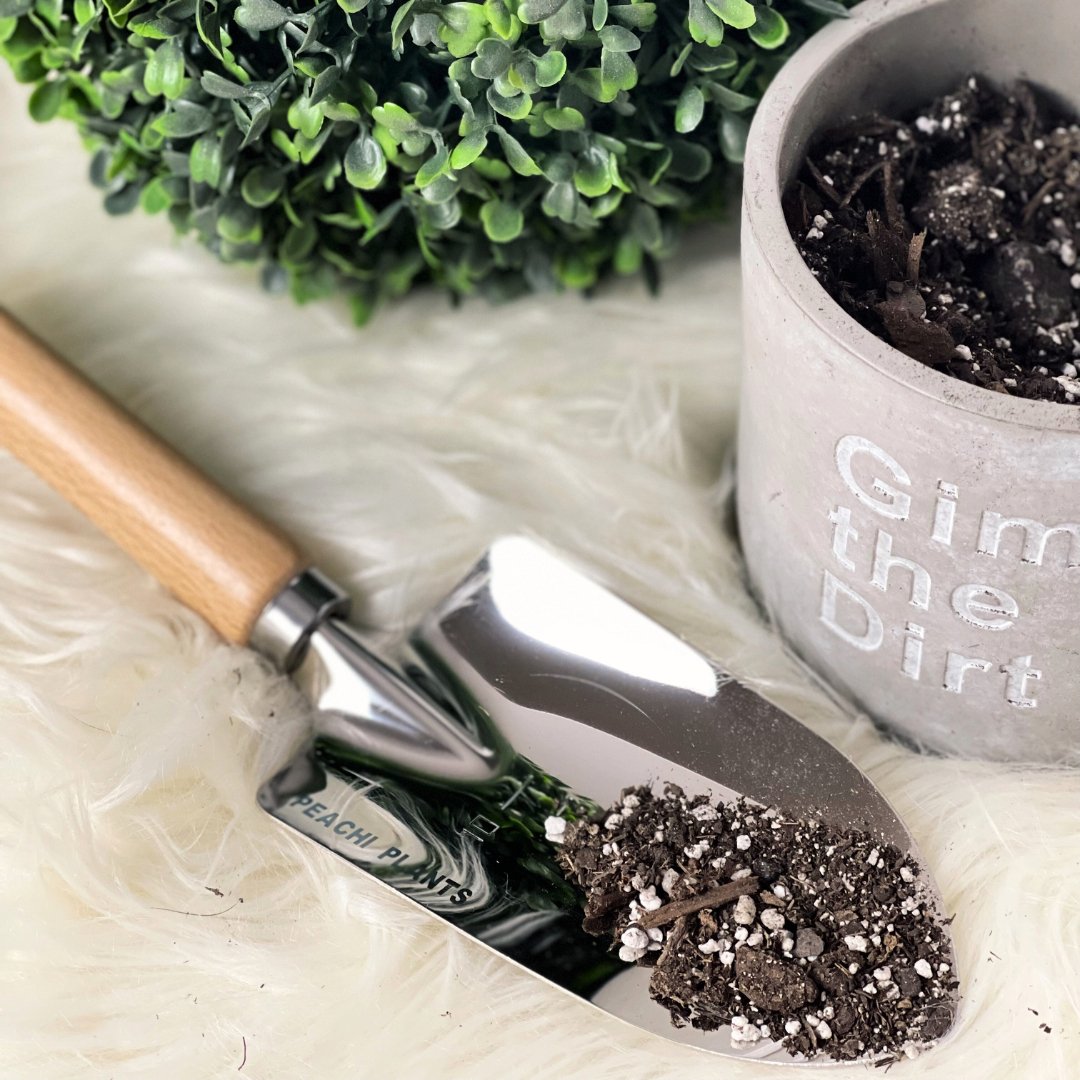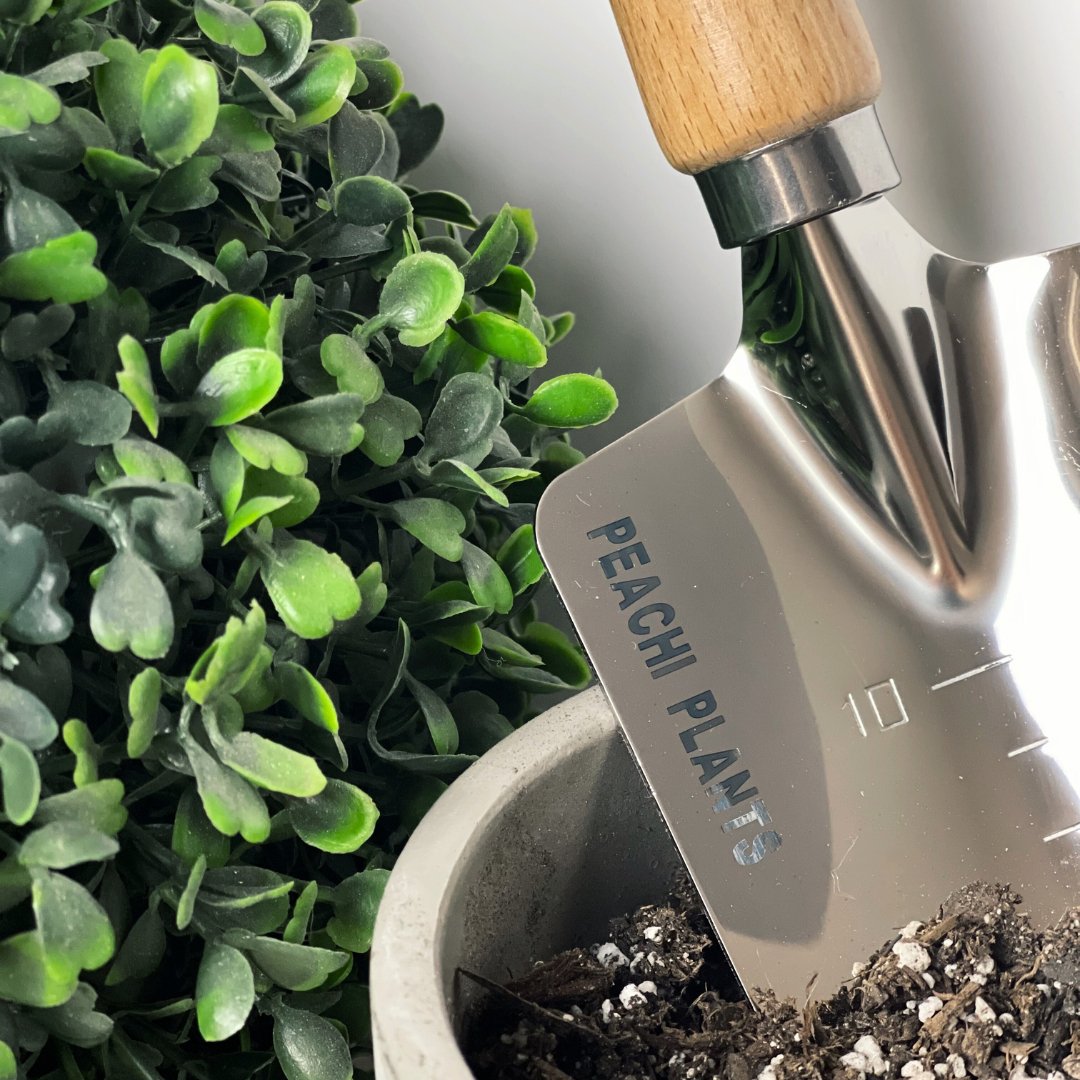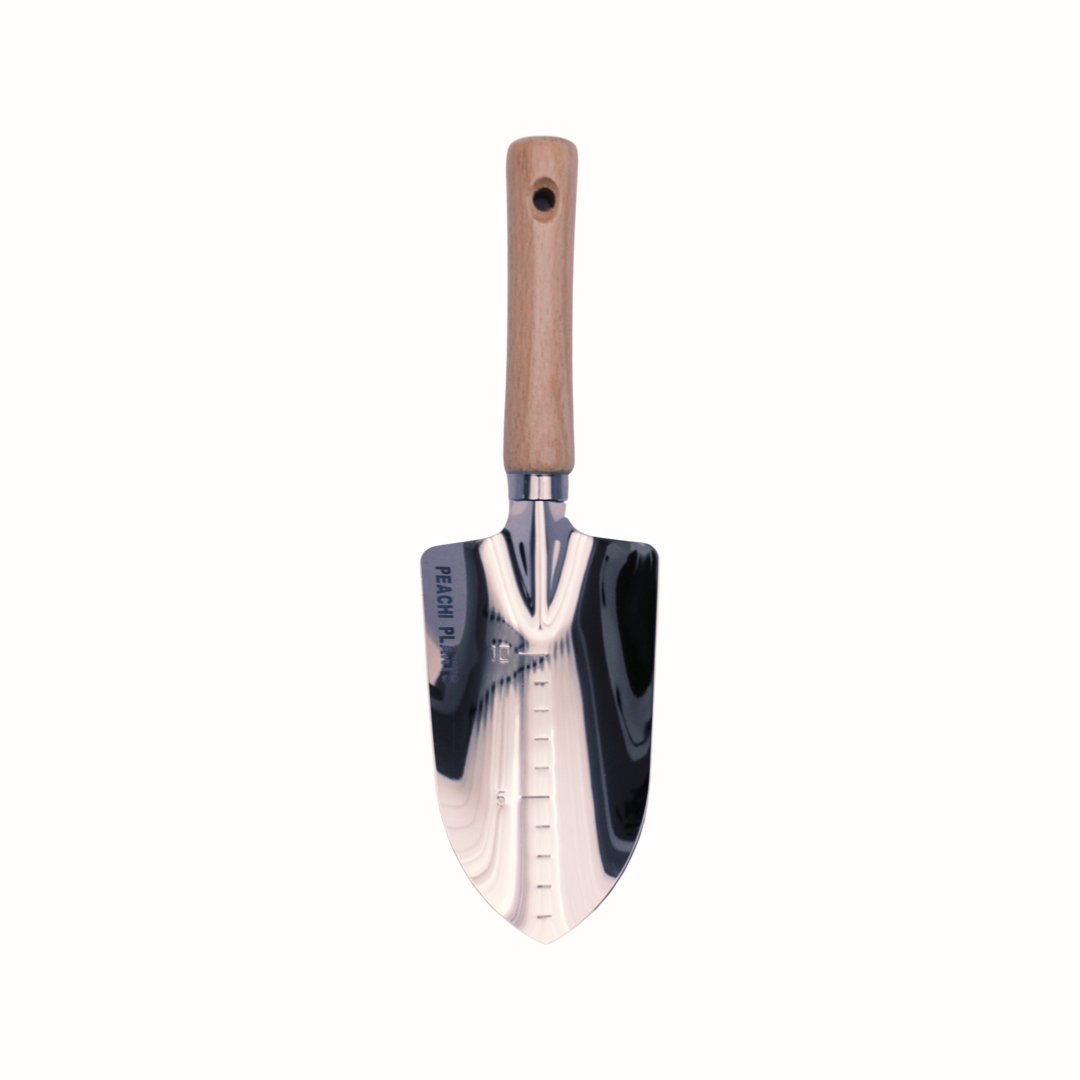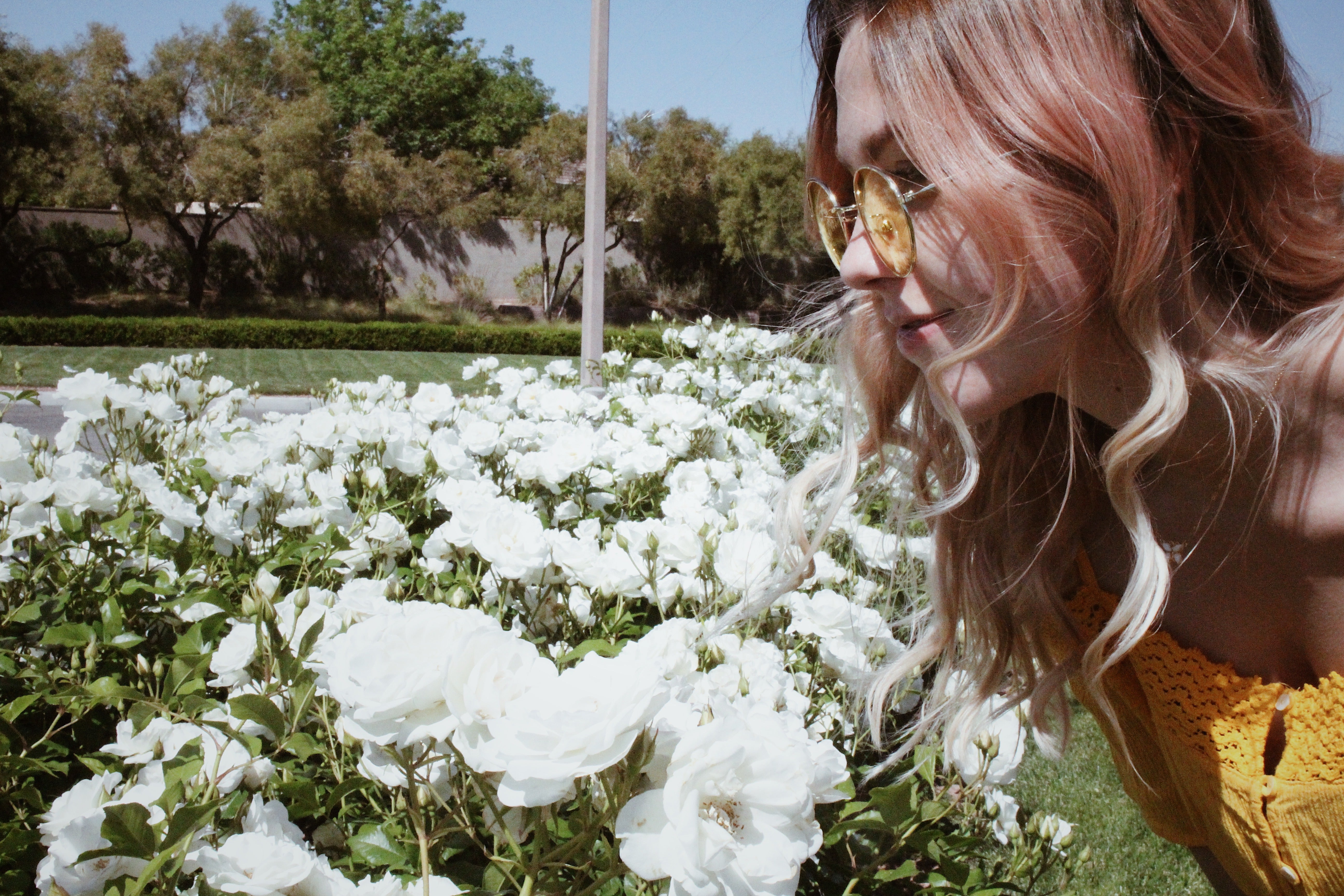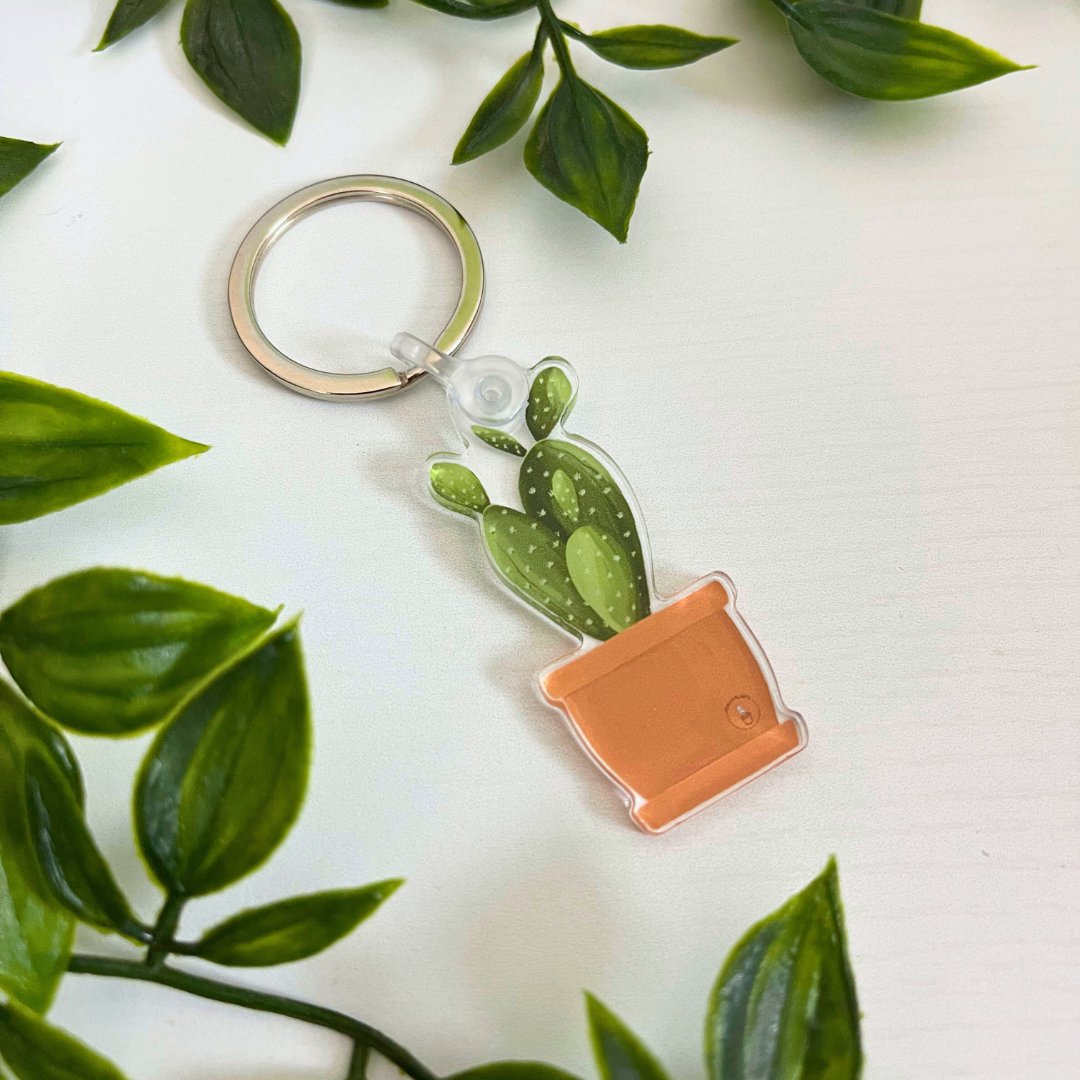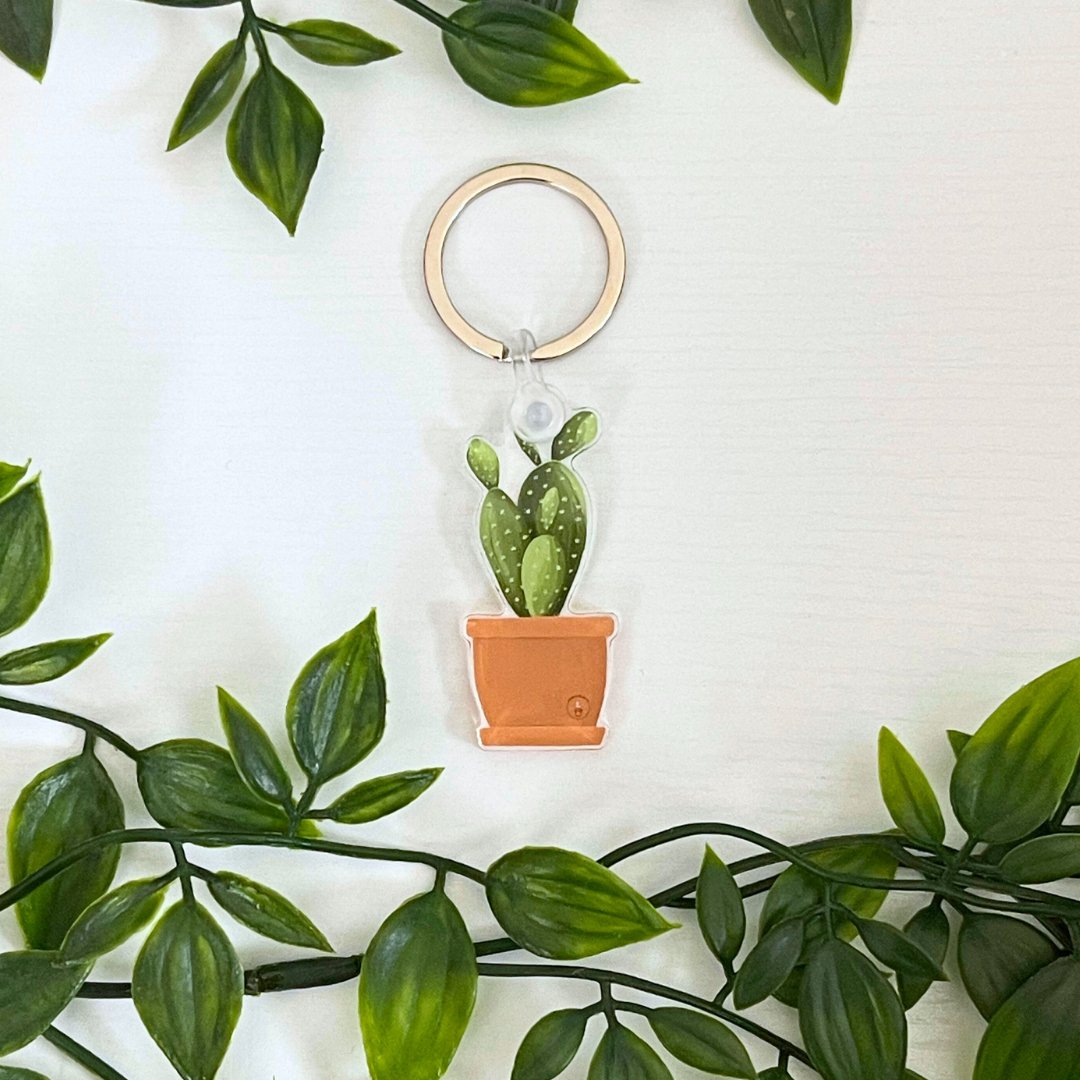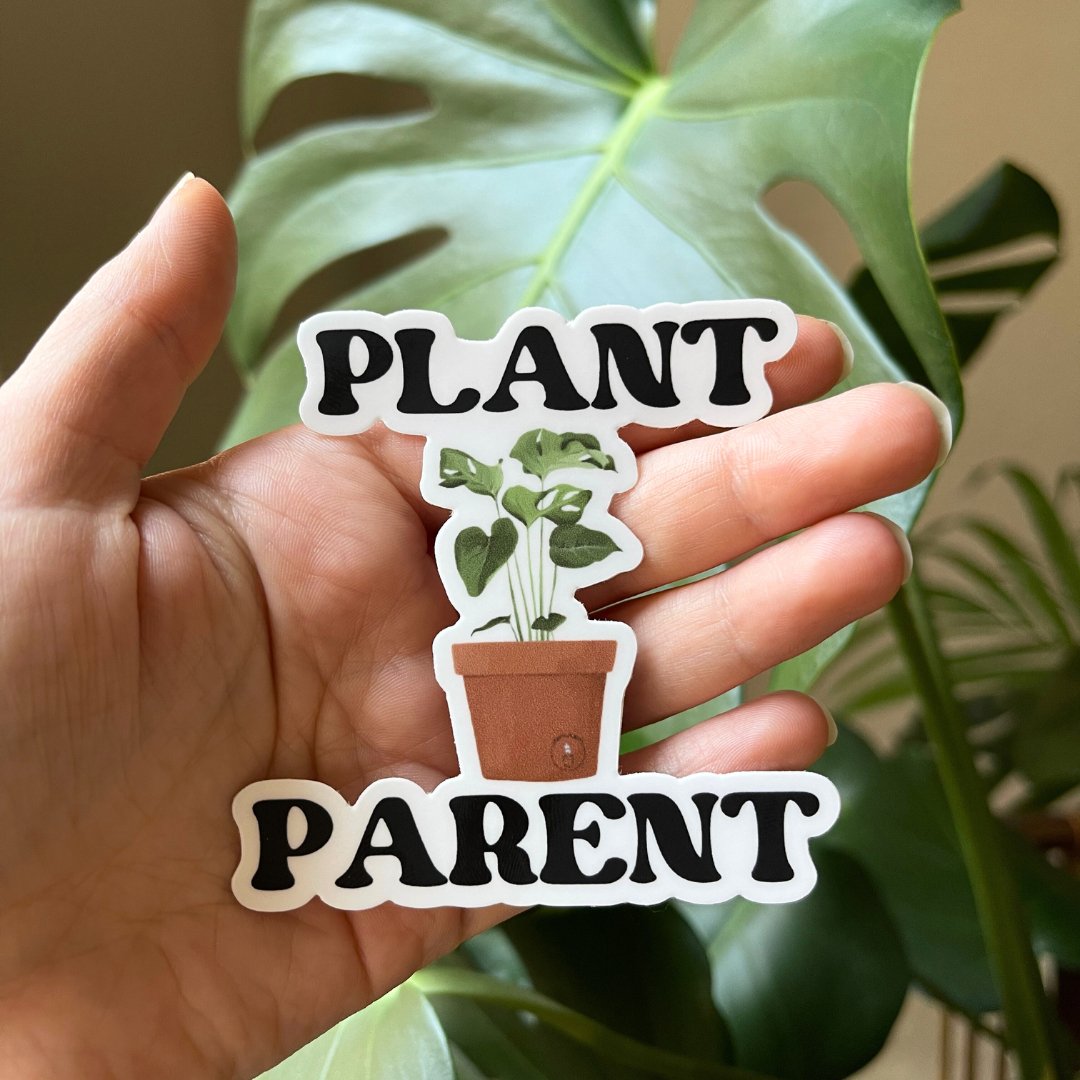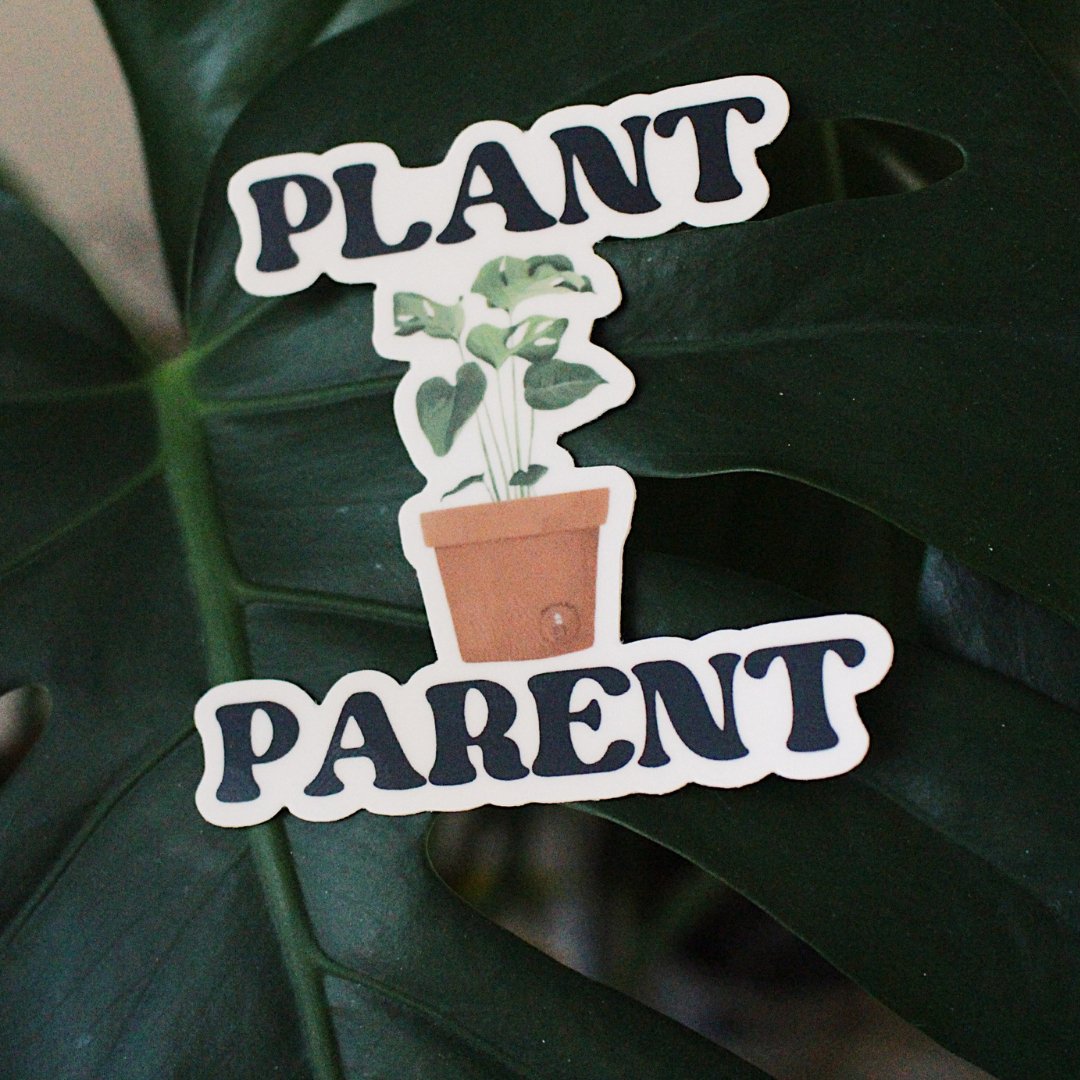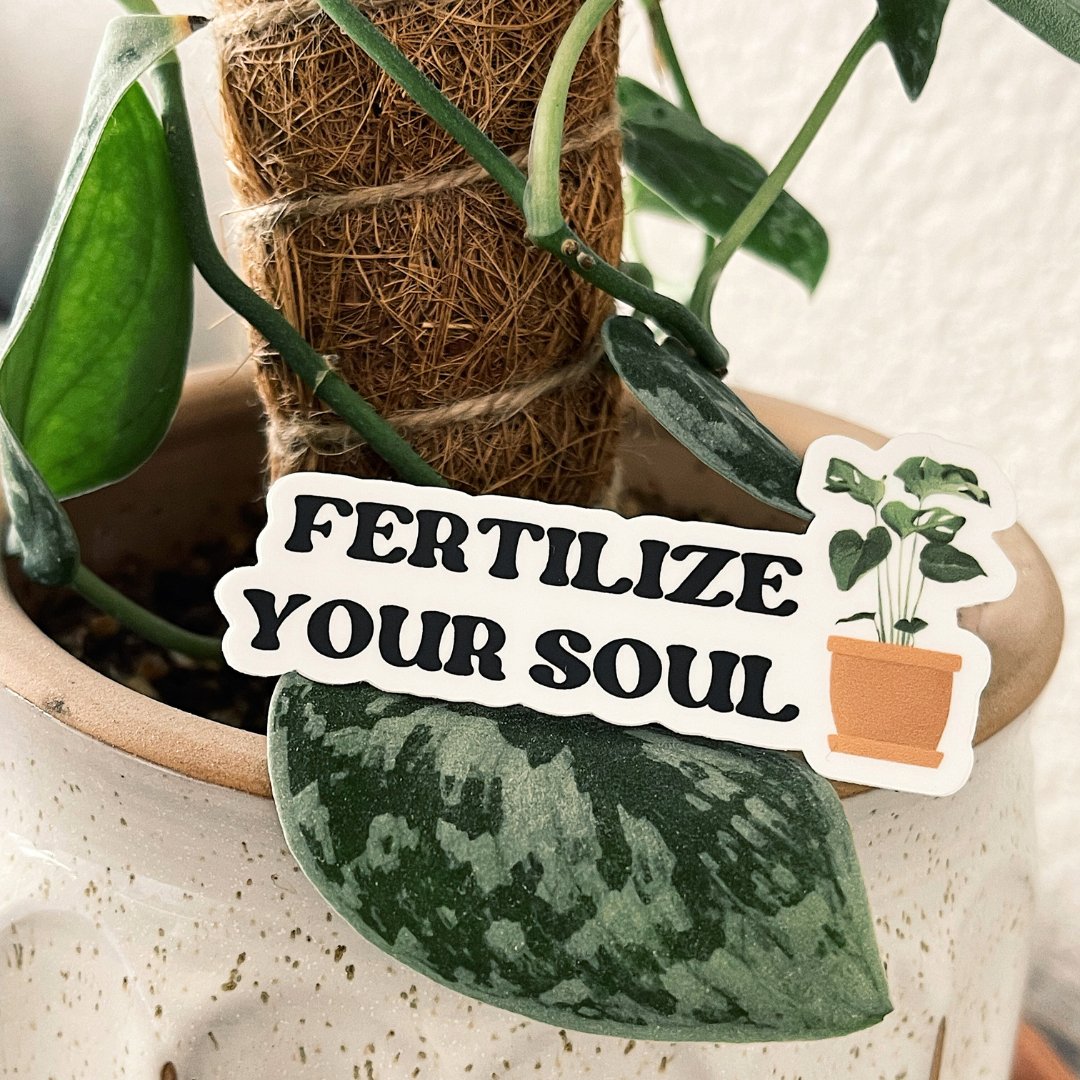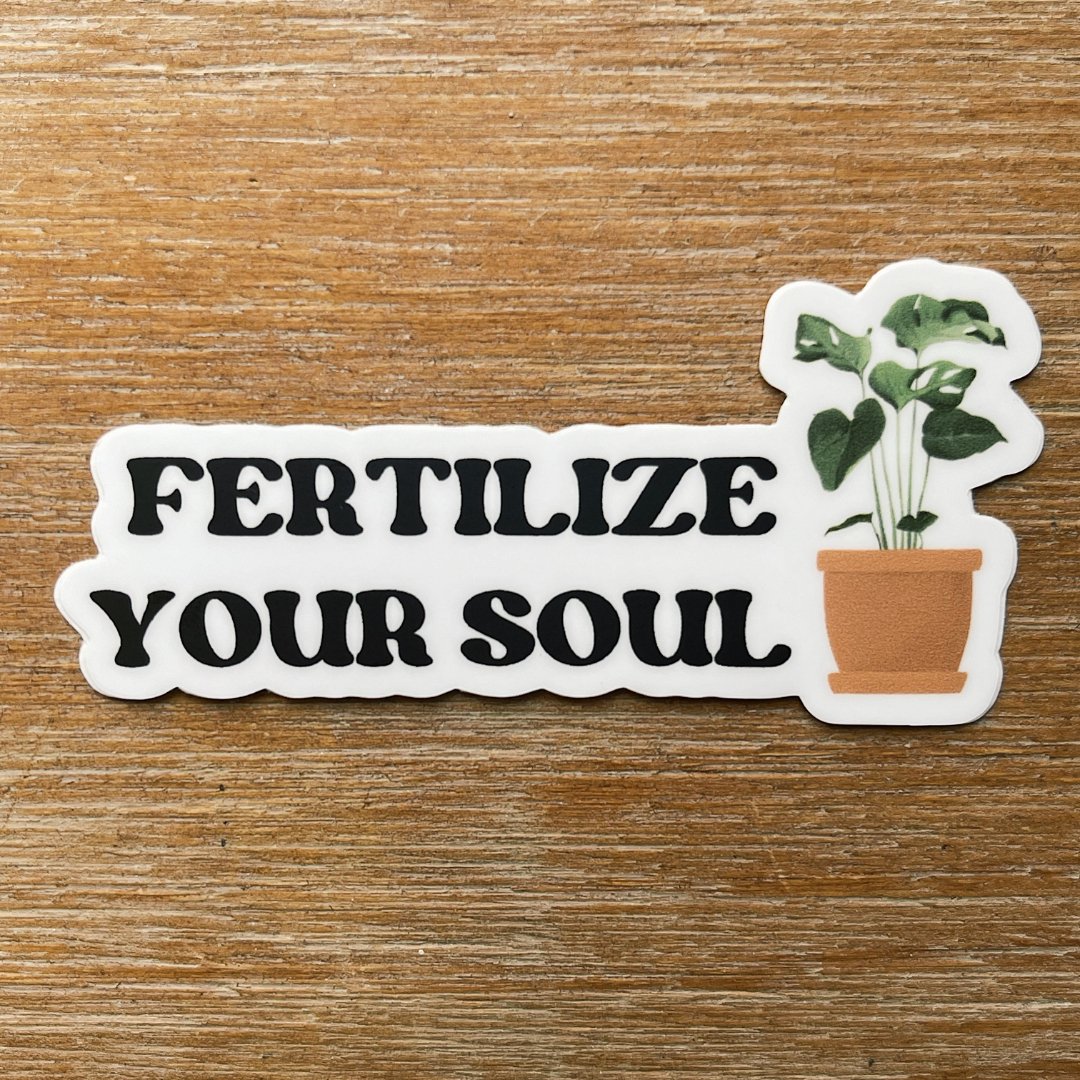Simply put, bright indirect light is when sunlight is filtered through a window or other barrier, such as a sheer curtain or shade. The light is bright, but not direct, meaning that it doesn't shine directly on the plant.
Bright indirect light is a type of lighting that is ideal for many types of plants. This type of light is created when sunlight is filtered through a window or other barrier, such as a sheer curtain or shade. The light is bright, but not direct, meaning that it is not shining directly on the plant.

There are many benefits to providing plants with bright indirect light. For one, it allows them to photosynthesize effectively, which is essential for their growth and survival. Photosynthesis is the process of plants using light energy to convert carbon dioxide and water into glucose (sugar) and oxygen. The more light a plant receives, the more efficiently it can photosynthesize.
Another benefit of bright indirect light is that it helps to prevent legginess in plants. Legginess occurs when a plant stretches out towards the light source in an attempt to reach more light. This can result in elongated stems and sparse foliage, which can make a plant look unattractive. By providing bright indirect light, plants receive the light they need to grow without stretching out too much.
In addition to these benefits, bright indirect light can also help to prevent sunburn and other types of damage to plants. Direct sunlight can be intense and can cause damage to a plant's leaves, particularly if the plant is not accustomed to receiving a lot of direct sunlight. By providing bright indirect light, you can help to protect your plants from sunburn and other types of damage.
Some of the plants that thrive in bright indirect light include the Snake plant, Philodendrons, Pothos, ZZ Plant, and the Dracaena species.
One thing to keep in mind is that even with bright indirect light, plants still need to be rotated occasionally. This is because all parts of a plant need to receive light to grow properly, and if a plant is always facing the same direction, some parts may not receive enough light.
In conclusion, bright indirect light is an ideal type of lighting for many types of plants. It allows them to photosynthesize efficiently, prevents legginess, and helps to protect them from sunburn and other types of damage. With the right plant choices and proper care, you can enjoy a beautiful, healthy indoor garden all year round.
What are some creative ways you've found to provide bright indirect light to your plants in different areas of your home? Share your tips and tricks with us!
Shop houseplants & plant accessories here

